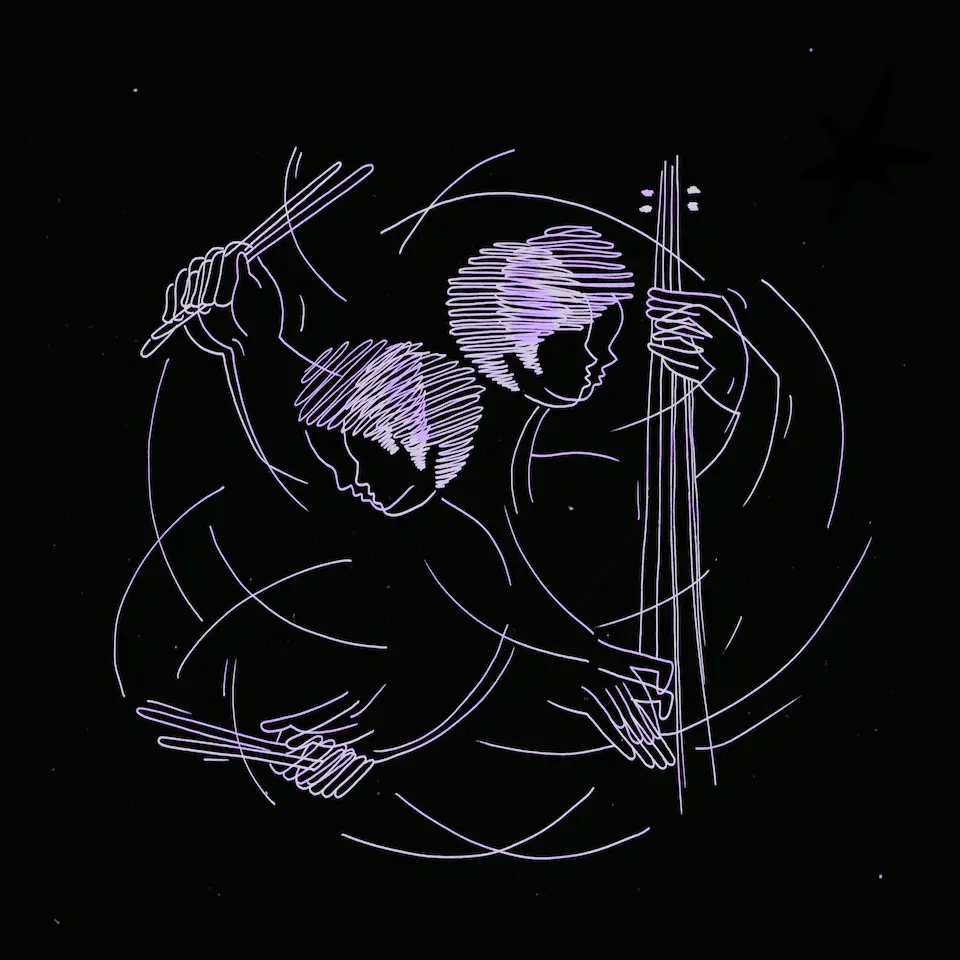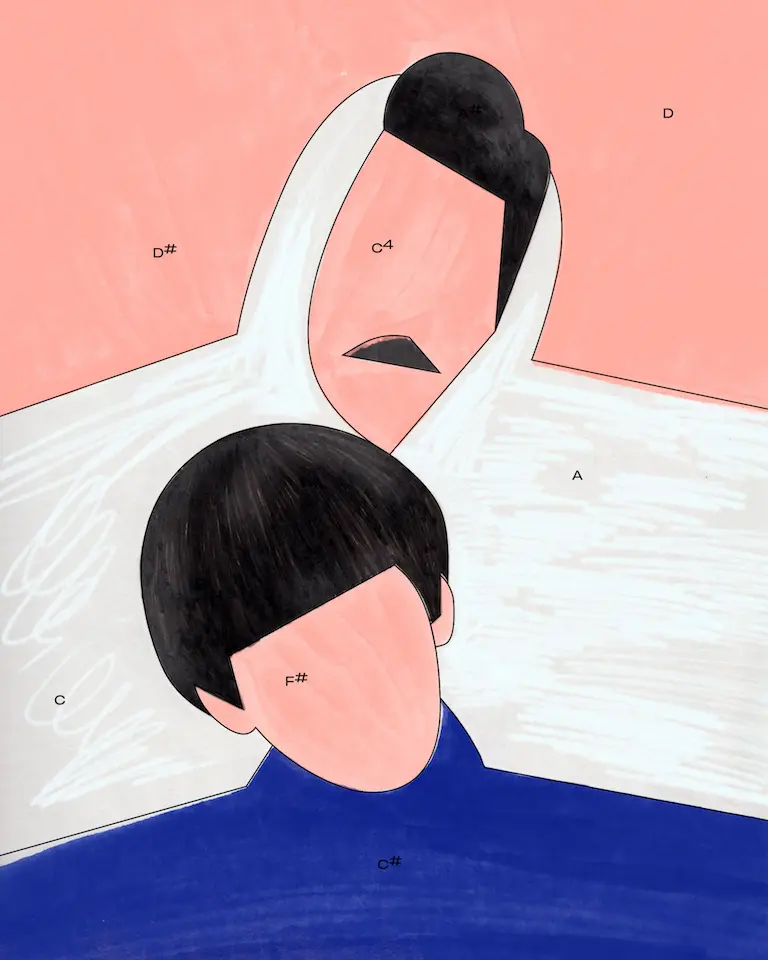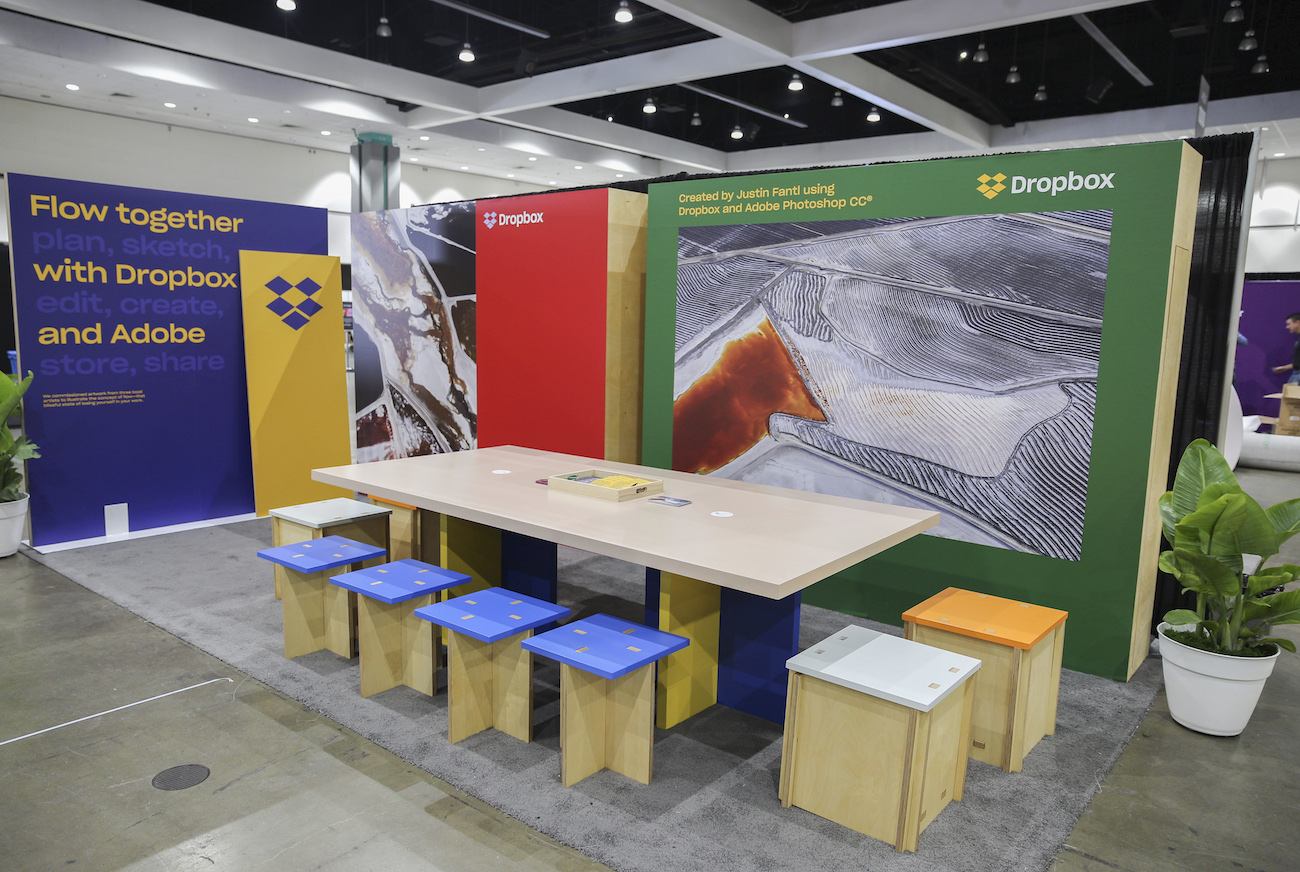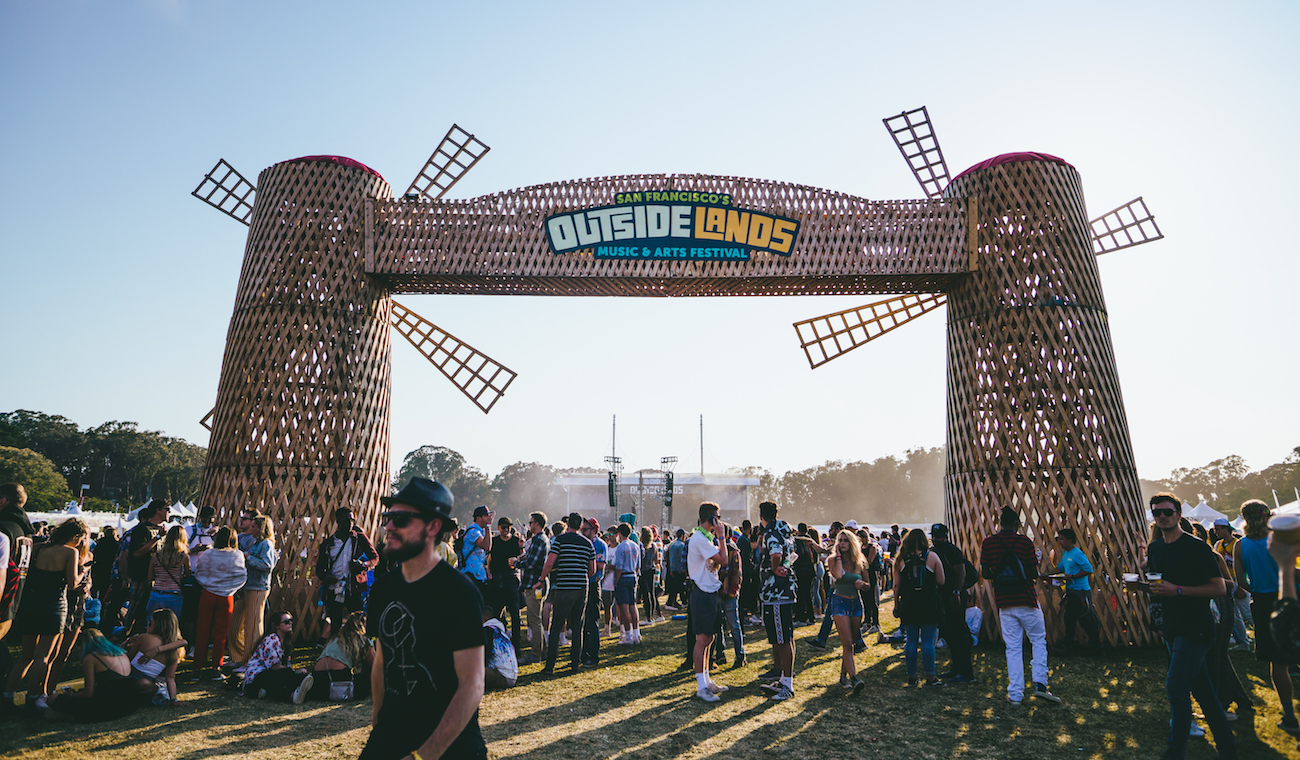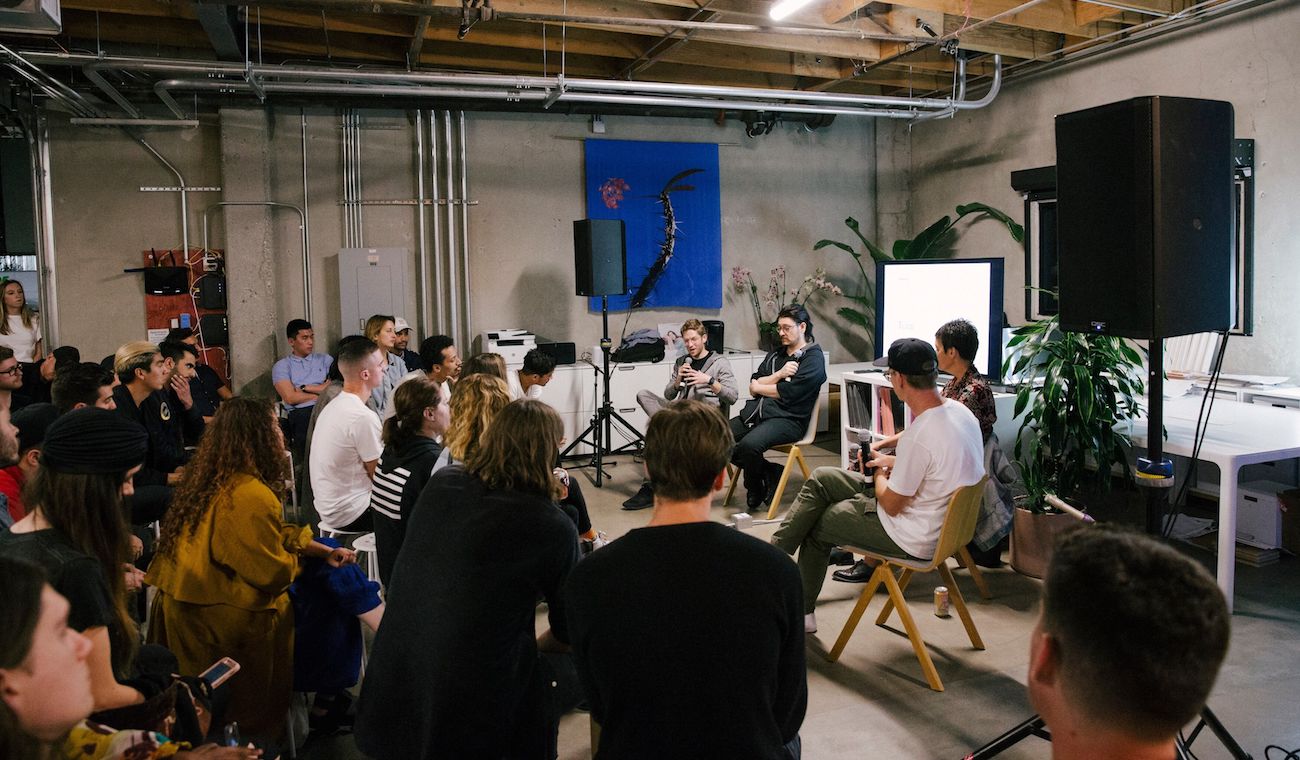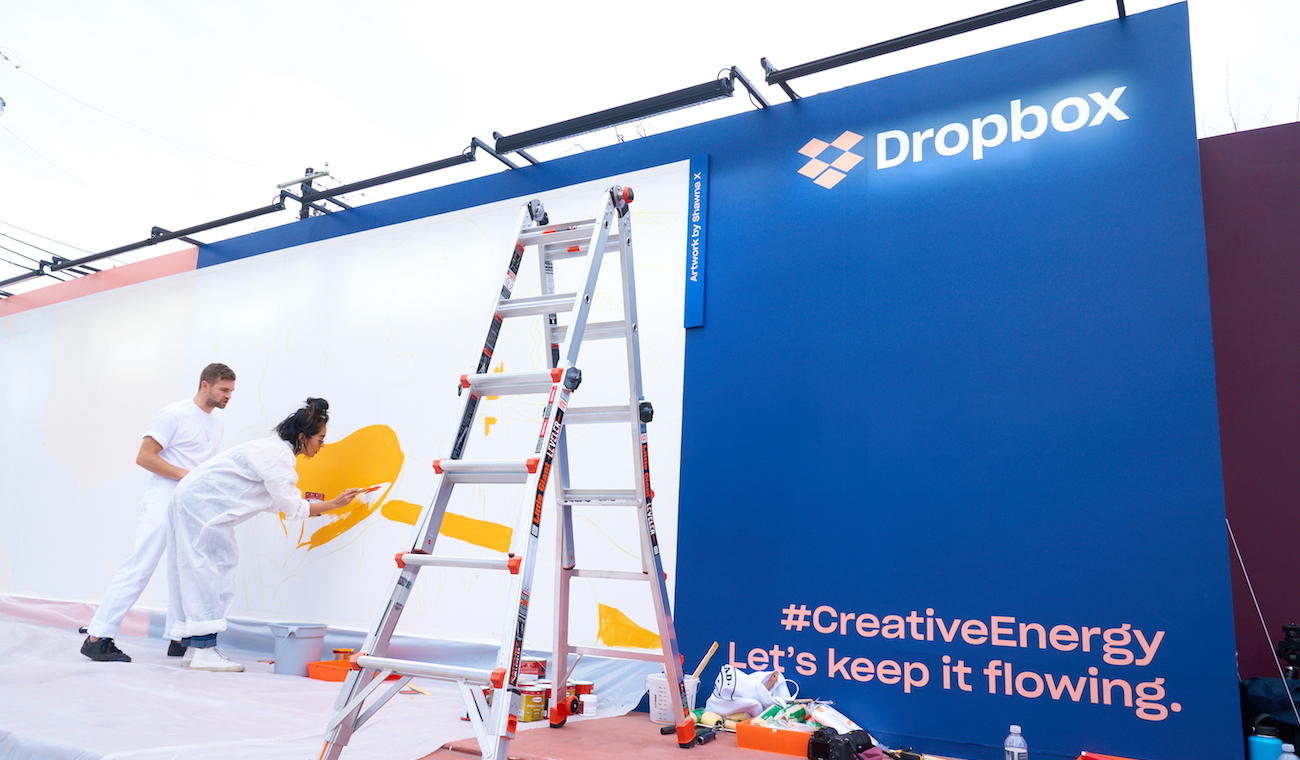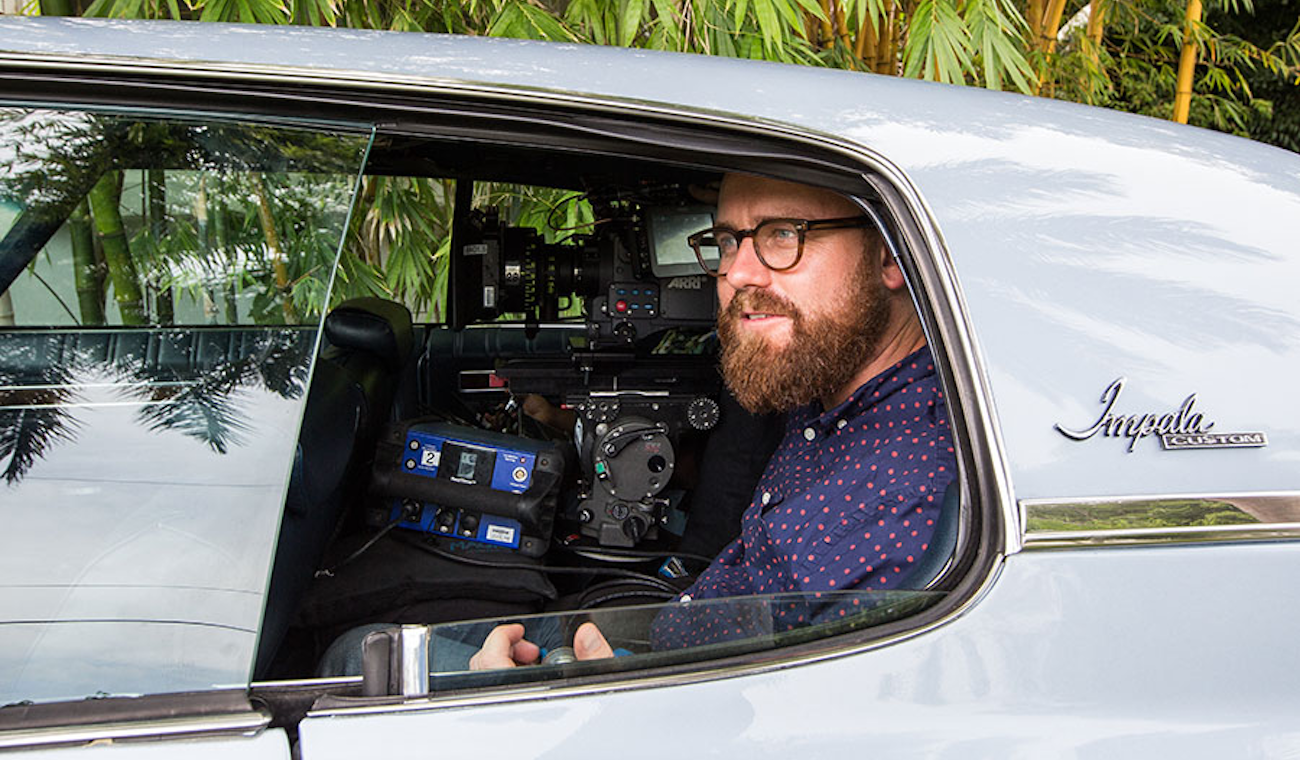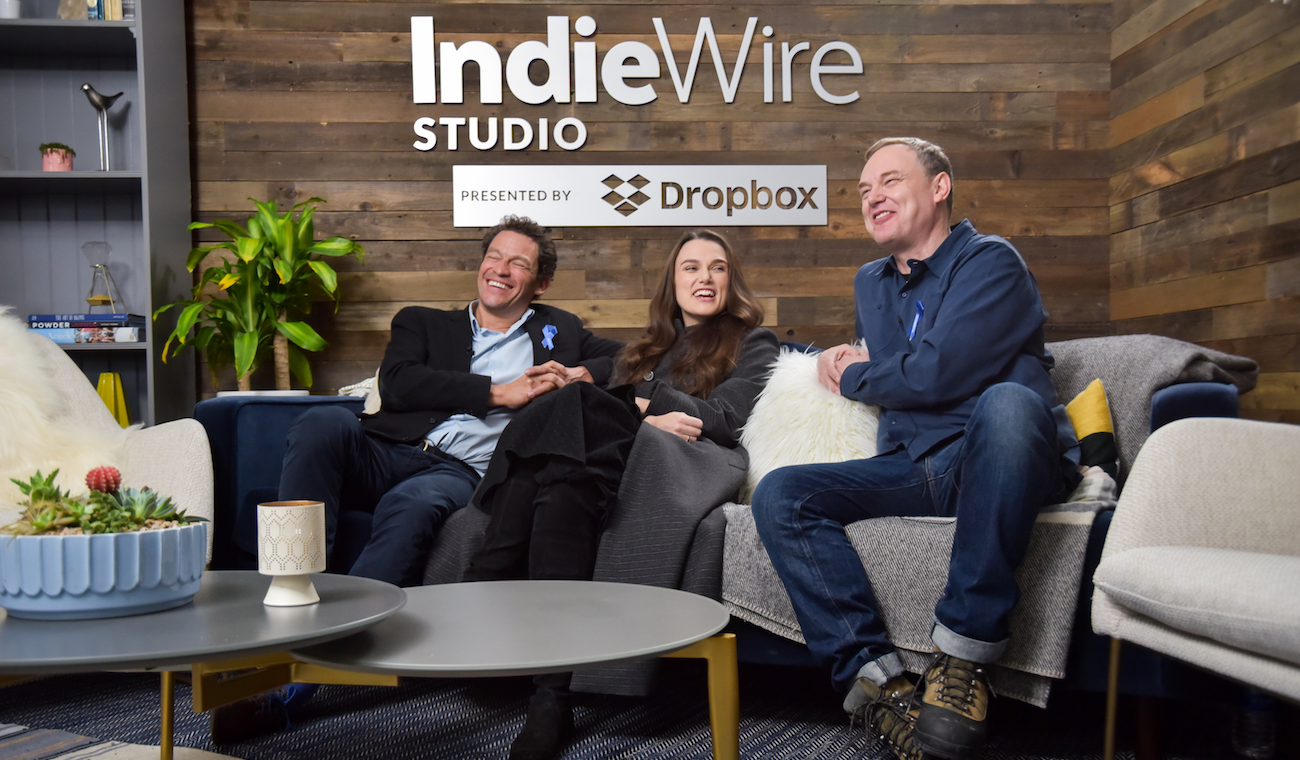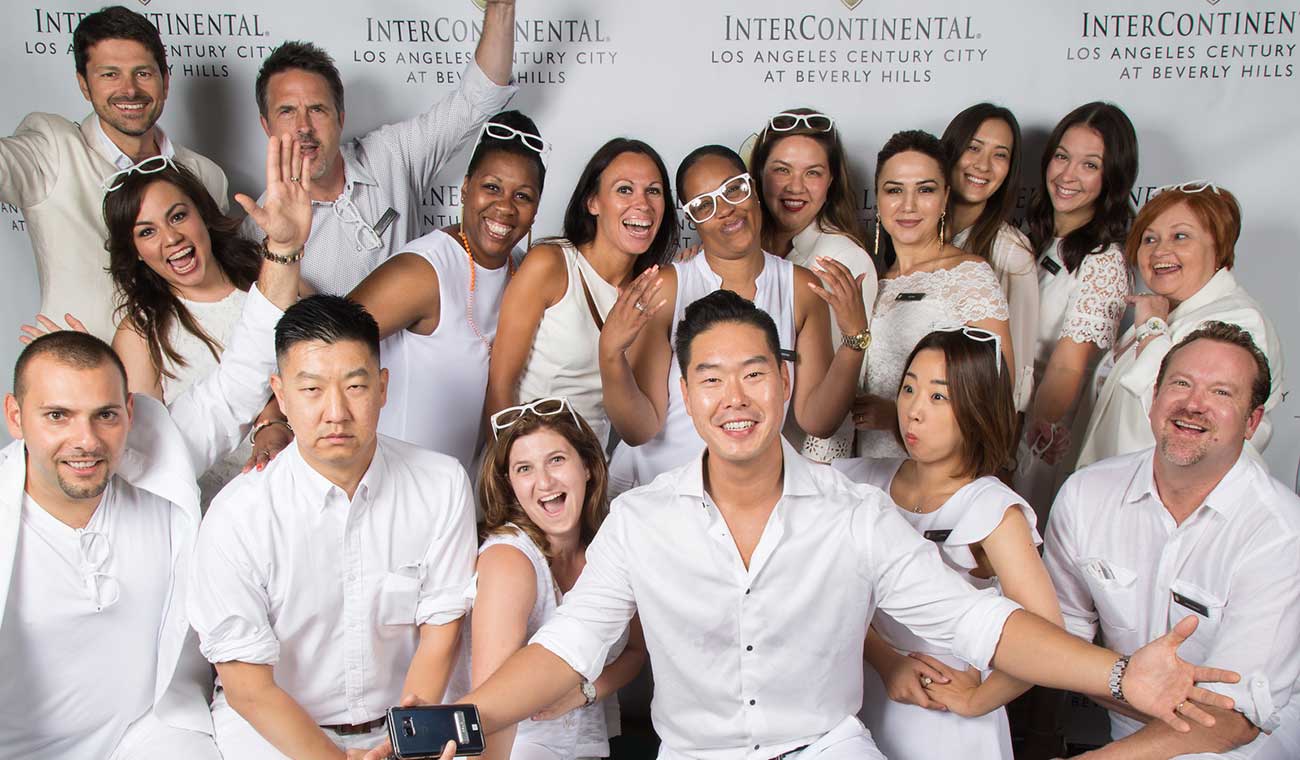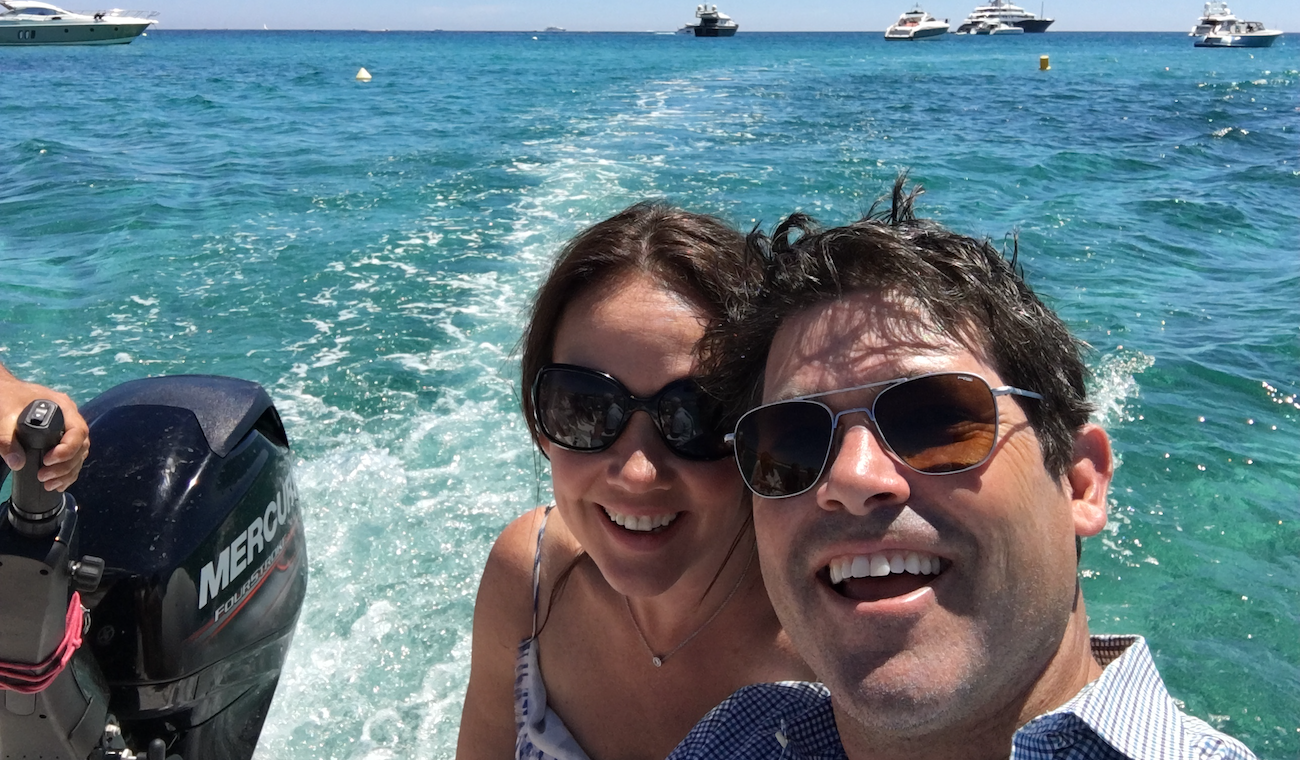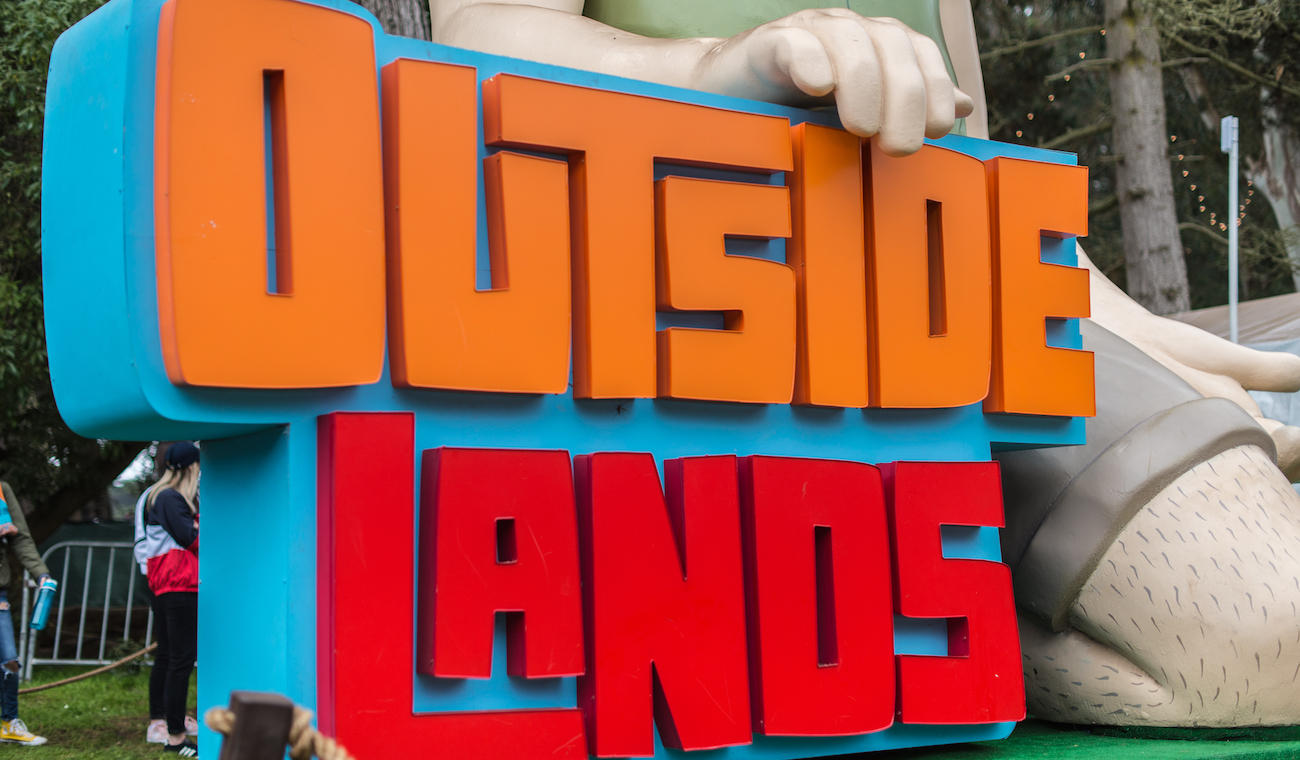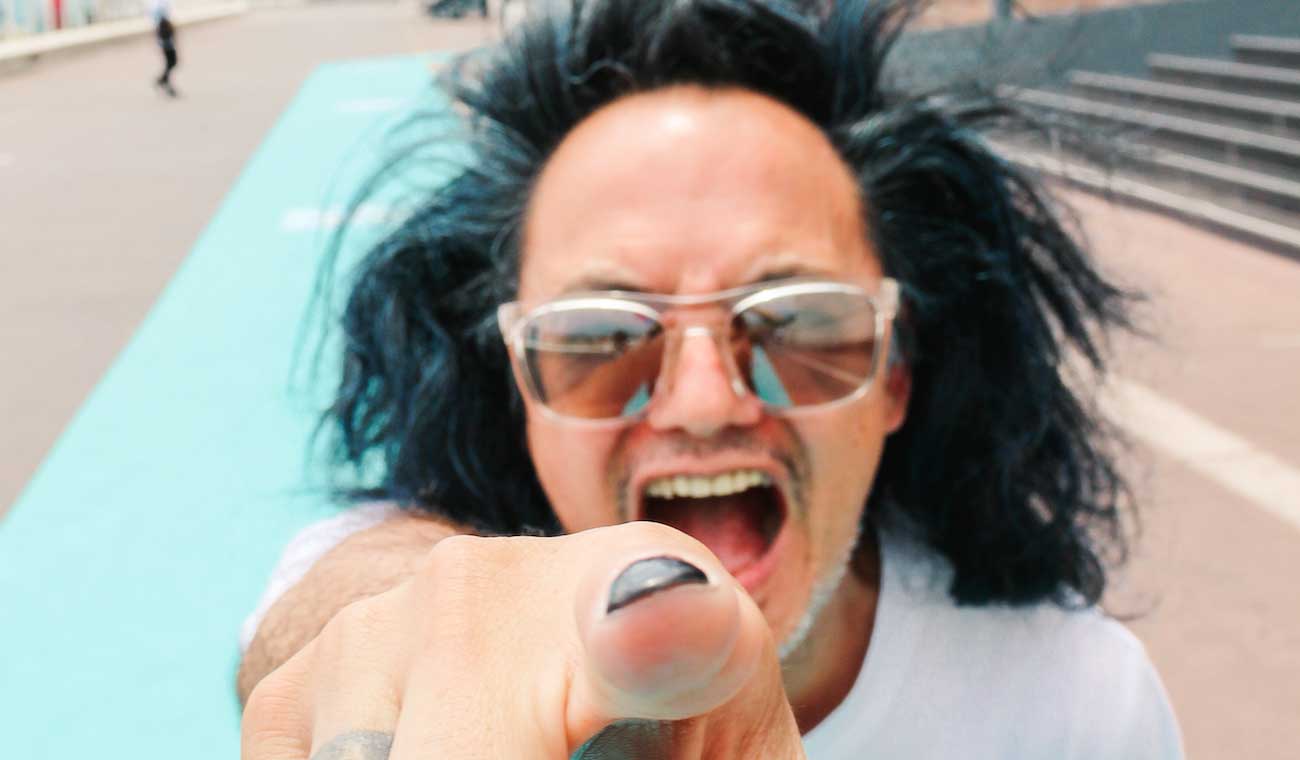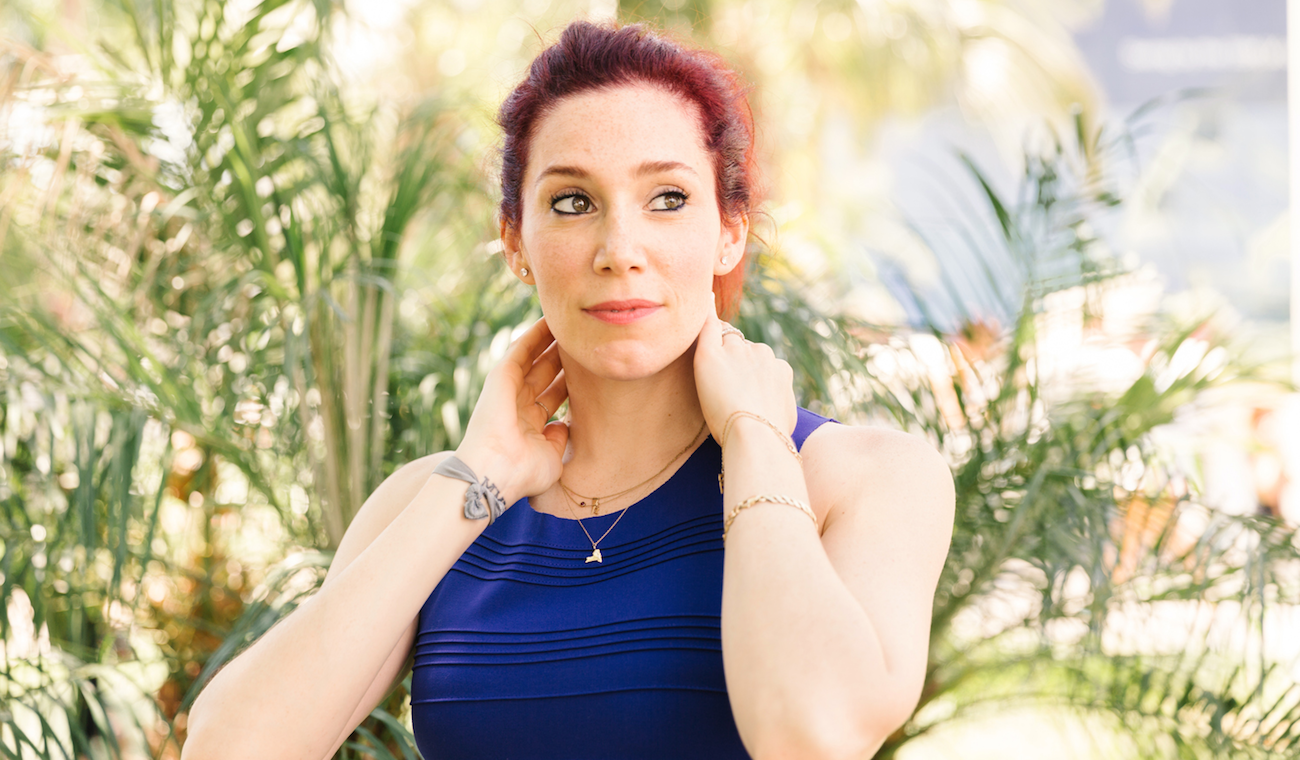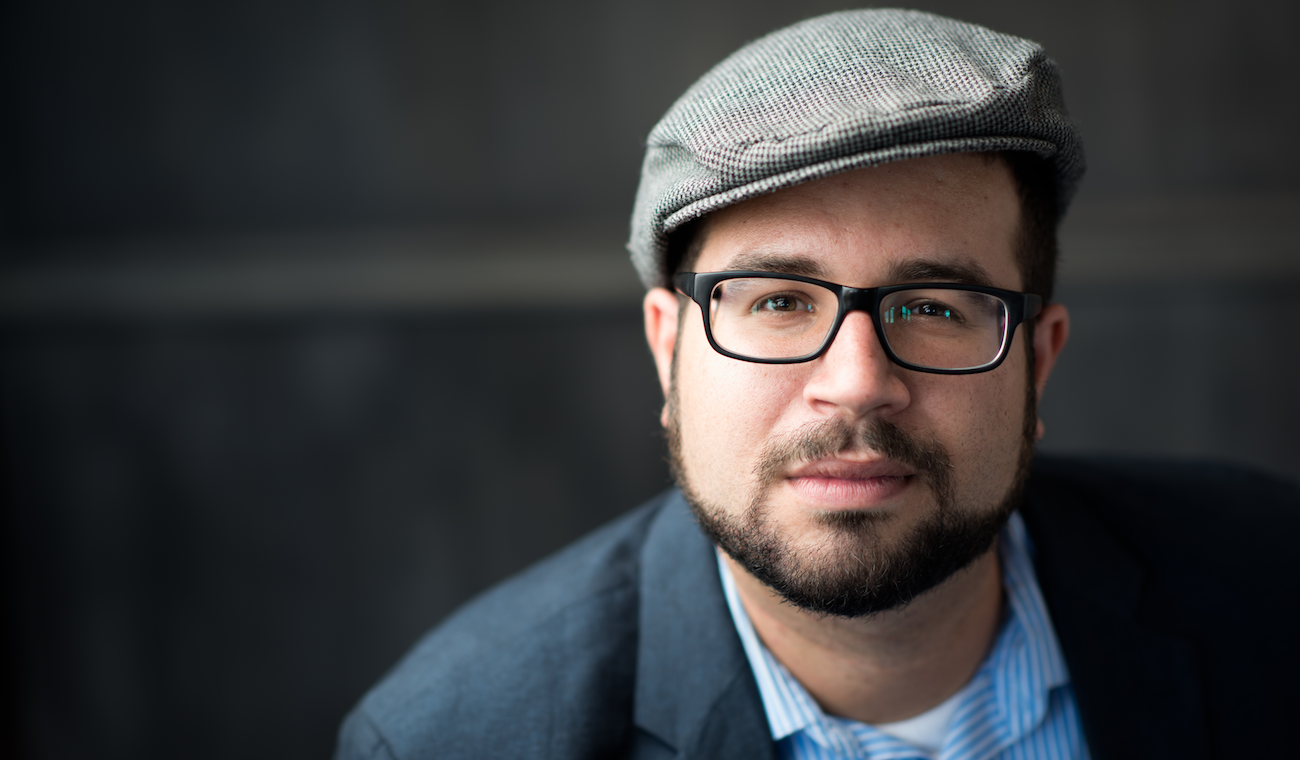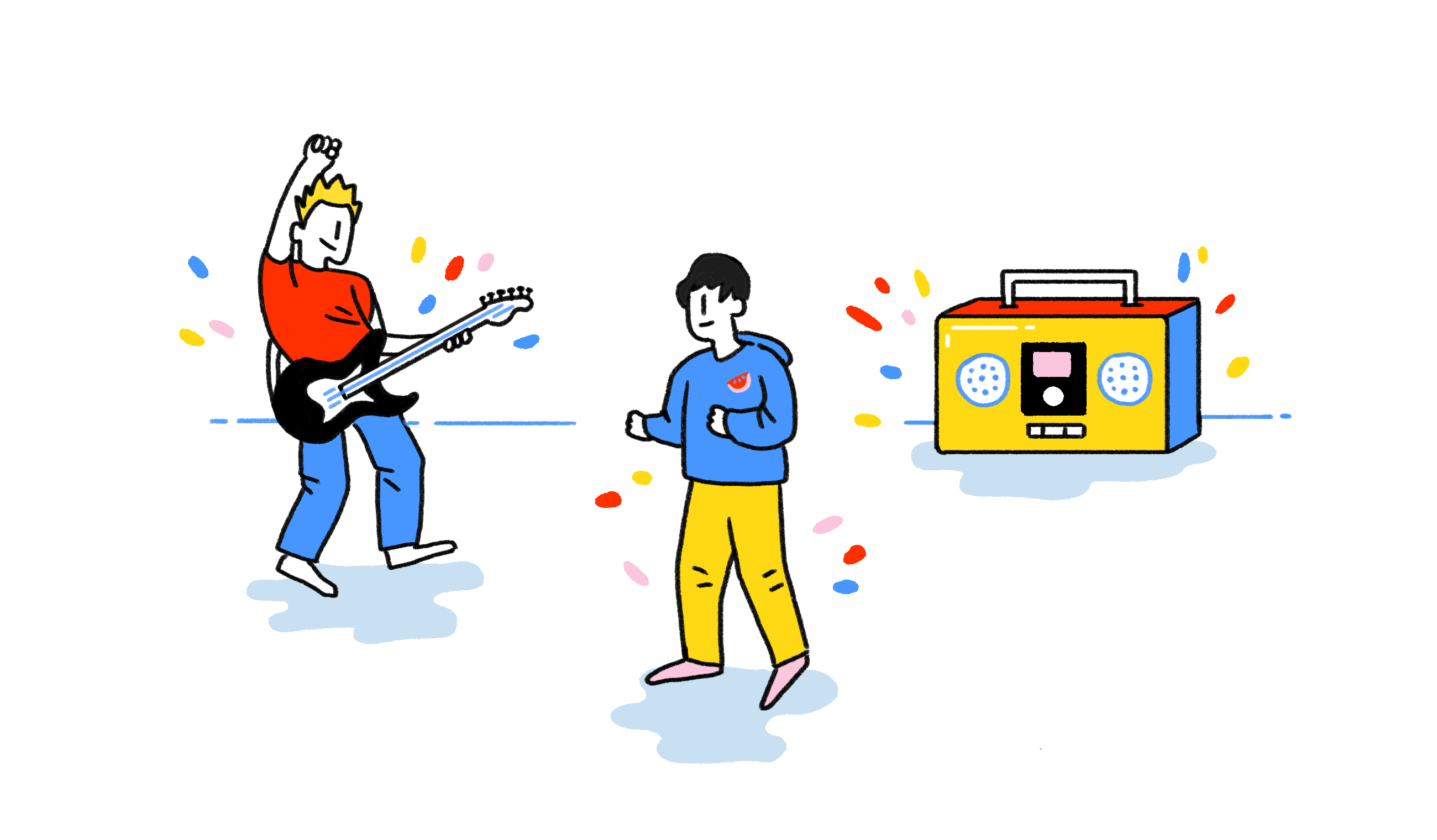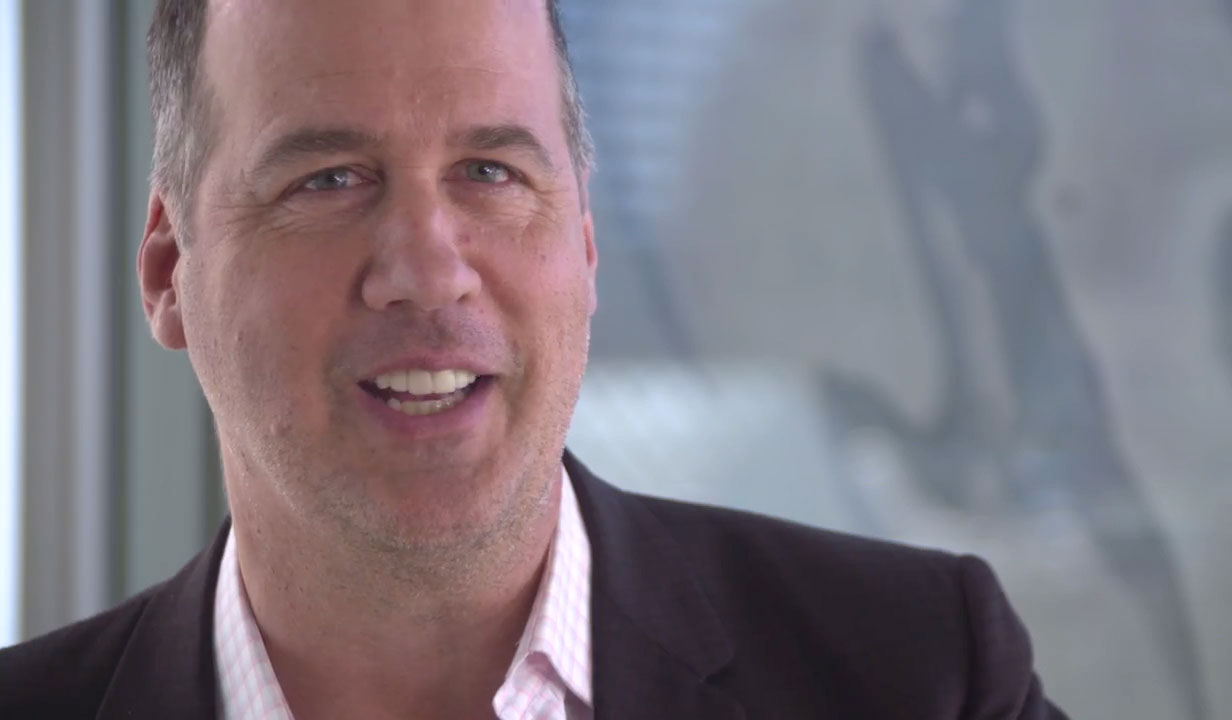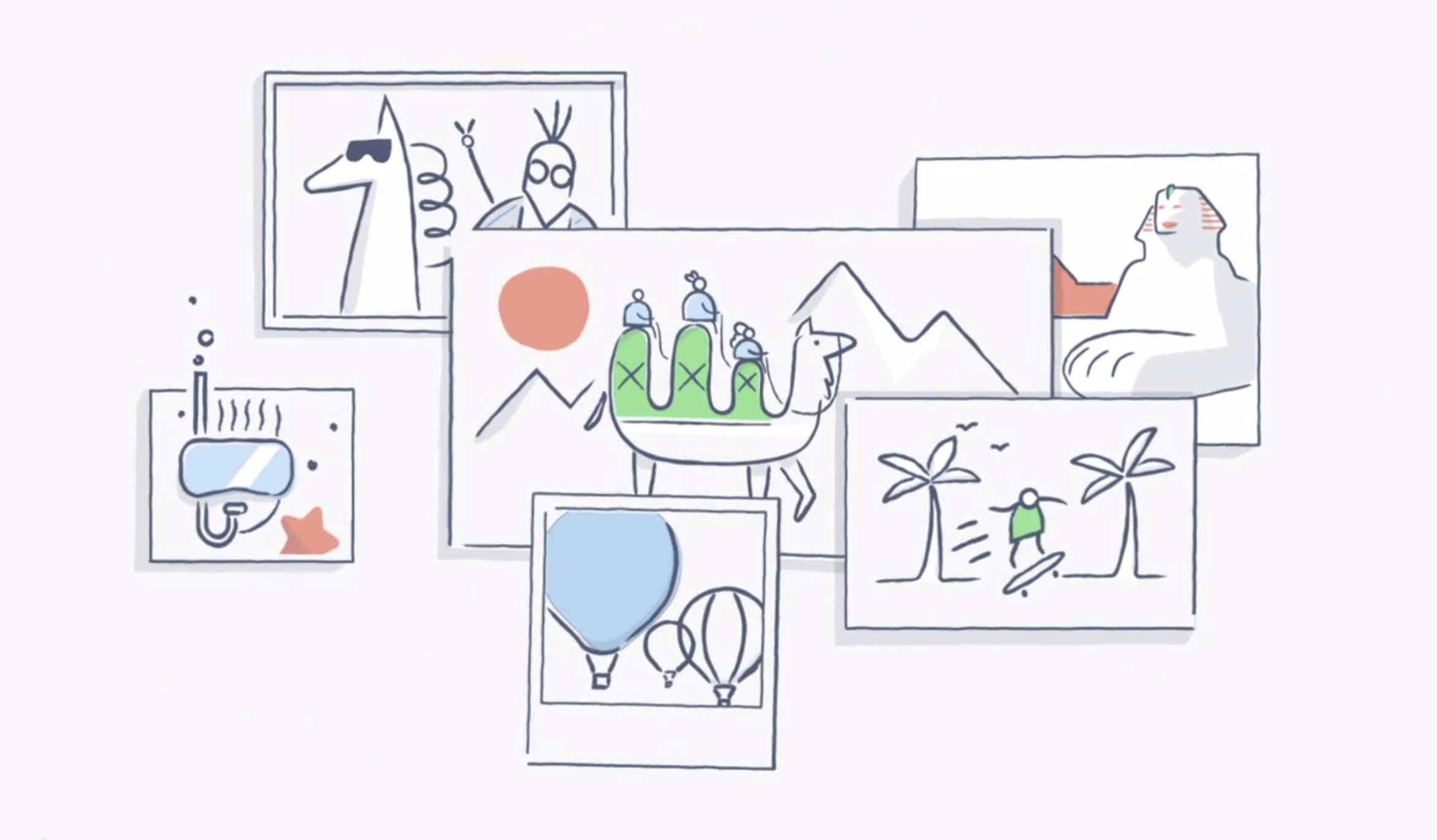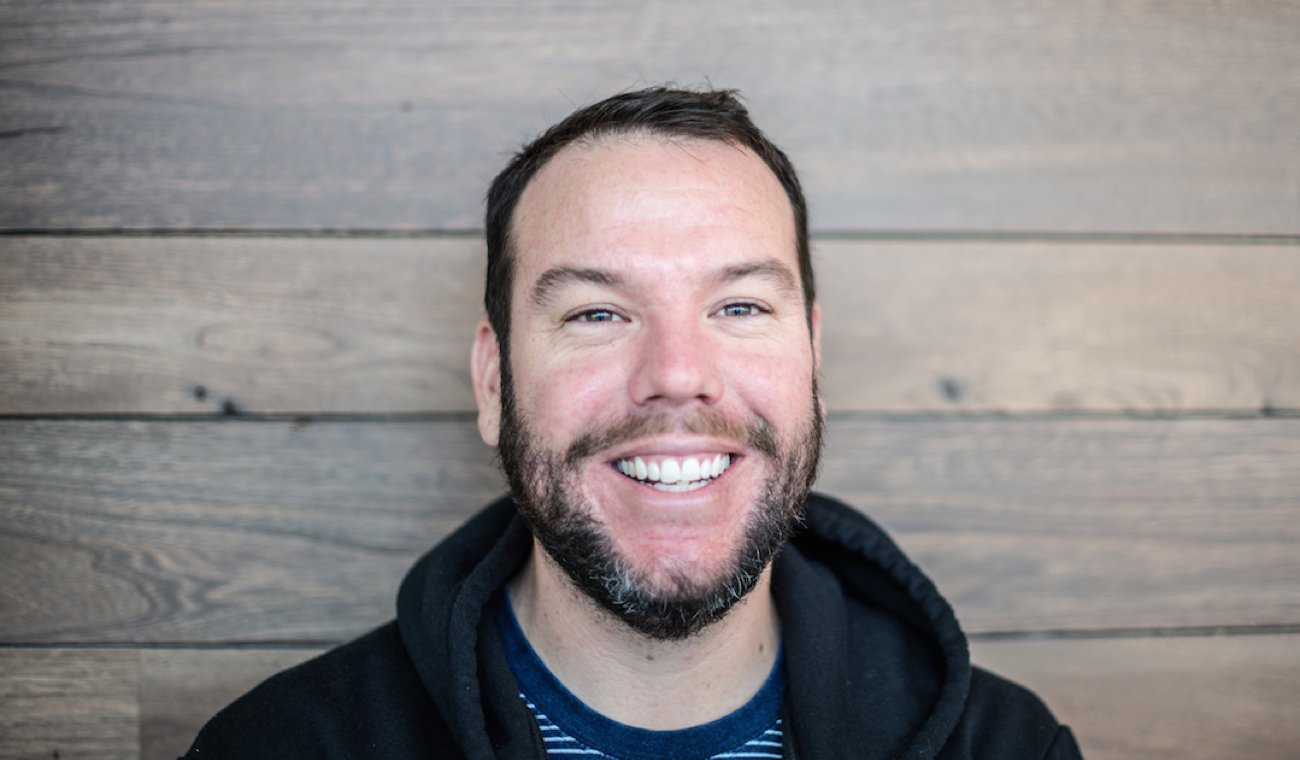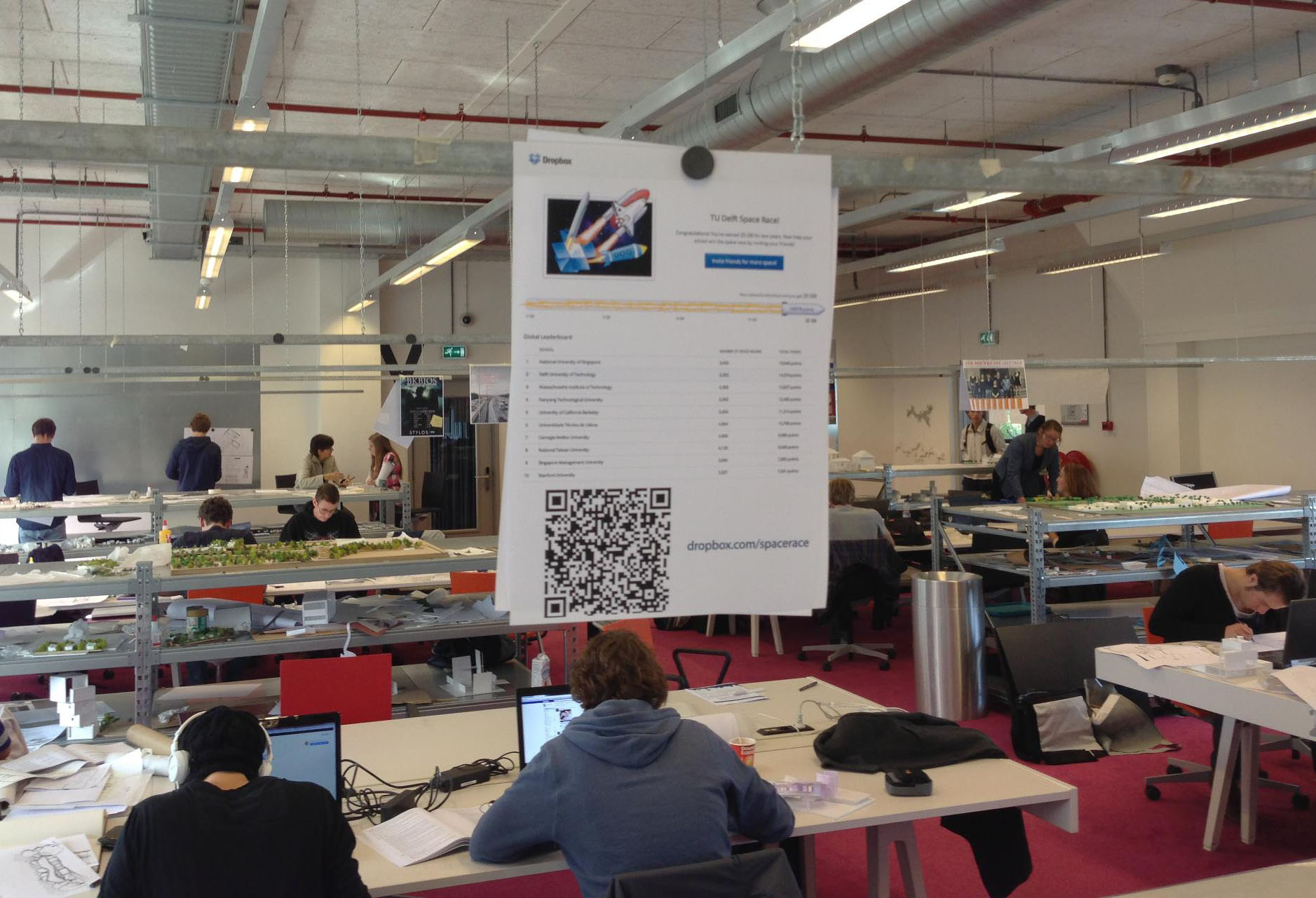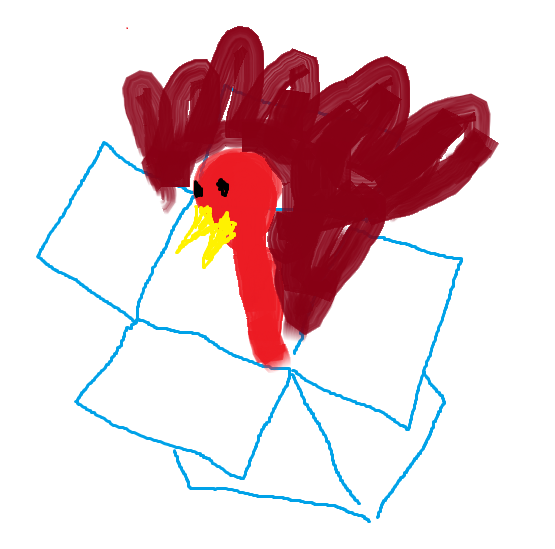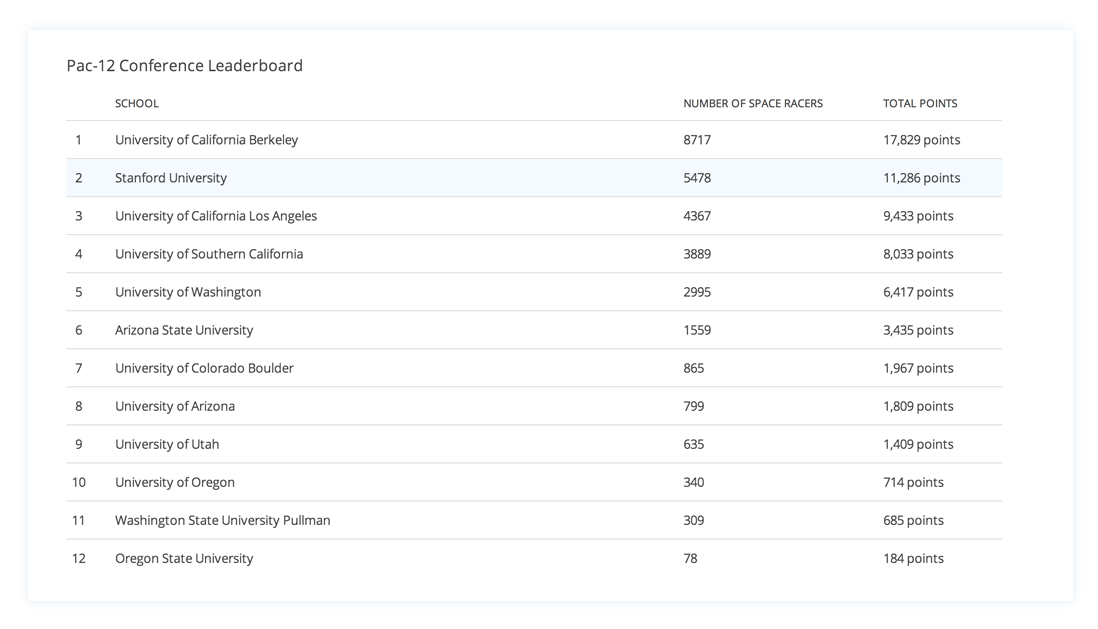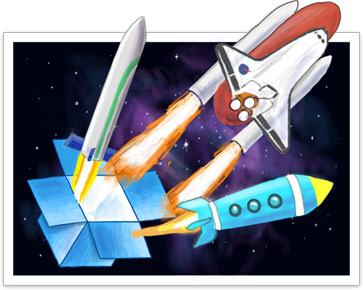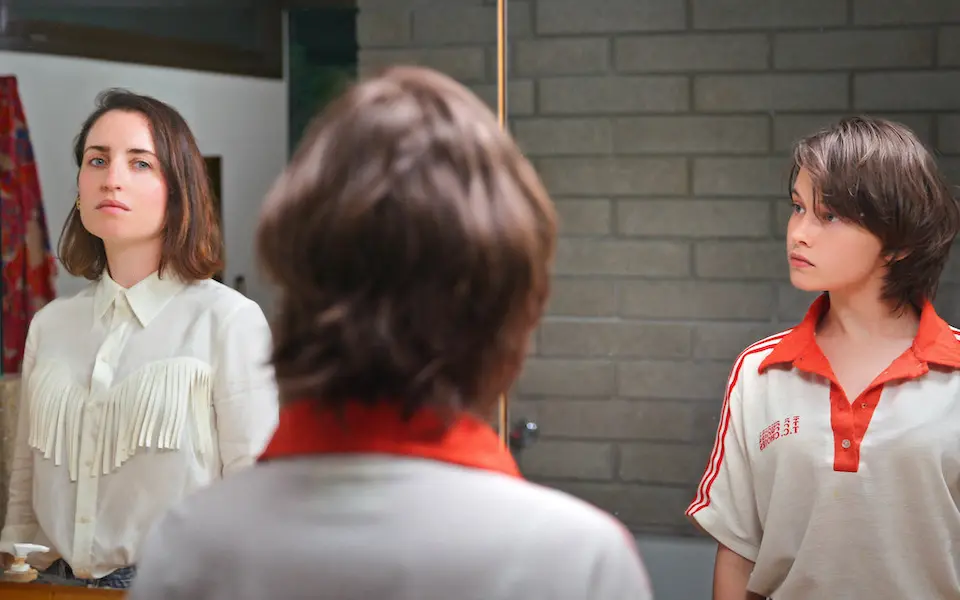
Sundance Film Festival 2021, Dropbox for filmmakers
Propelled by the pandemic, How it Ends wrapped just 9 months after it started
Published on January 29, 2021
“I think if this year taught us anything, it's that you really have to embrace the unknown.”—Daryl Wein, writer/director of How it Ends
In tribute to teams that bring movies to life, we're talking with filmmakers to learn how they collaborated to complete their projects despite the distance and isolation of pandemic lockdowns.
Today, writer/director Daryl Wein describes the creative process behind How it Ends, the unexpectedly upbeat pre-apocalyptic comedy starring Zoe Lister-Jones, Cailee Spaeny, Helen Hunt, Nick Kroll, Olivia Wilde, Fred Armisen and Lamorne Morris, which premieres January 29th at the 2021 Sundance Film Festival.
Dropbox: Could you describe how you and Zoe came up with the idea for the story, and how you were able to write, shoot, and edit this film in such a short time?
Our film is the story of a woman played by Zoe Lister-Jones, my real life wife and creative partner. She’s playing a woman who’s trying to make it to her last party on the last day on Earth before the world ends, and she runs into this eclectic cast of characters along the way.
At the beginning of the pandemic, we were just like everybody else—living in fear with so much tragedy happening around us. We were pretty paralyzed and struggling to stay sane and healthy. Then, as the months wore on, some ideas were starting to percolate. In times of strife, artists find some way to create no matter what, because it's how we operate. We have to express ourselves.
Zoe and I were doing a lot of talking and thinking. It was a time of introspection in many ways, a lot of inner work was going on. This idea surmounted about the inner self—the younger child within us that might be crying out for help. In whatever way, they felt like they were neglected as we got older, and at different points in our life, where we weren't able to be as present and aware of what was going on when conflicts, fights, trauma inevitably pop up in our lives, and turn into fear and pain that prevent you from operating optimally as a human being.
We thought, okay, this is what we're personally grappling with, and the world is going through this huge crisis. This virus has basically stopped us in all in our tracks and forced us all collectively, as a society, to look at what are we doing to our Earth and to ourselves and humanity. So our film is like a microcosm of that feeling—very singularly focused on one woman's struggle with depression and feeling like she doesn't really want to go on. But [we wanted to] do it in a way that's funny and has levity mixed in with the heartfelt, genuine stuff.
We thought, well, we're definitely limited right now from a production standpoint by everything that's going on. So it's kind of fun to have that idea for the film, you know? What if she's trying to get to their last party? Obviously, we can't shoot indoors so we can walk through the empty streets of LA and go to people's houses and rely on our friends, actors that we know, to let us shoot outside their front door or wherever we can find places to work and do it safely.
We did it with masks and PPE. Then when the actors were on camera, they would de-mask. They were all tested and healthy. But we had to get creative in this story that we wanted to tell, and use the resources that we had. The whole production of making it was a fun time as well.
“In times of strife, artists find some way to create no matter what."
So you were able to come up with the idea, write the script, film it and edit it, all in the last nine months?
God, time is so elusive. I don't really know what time is anymore. I don't remember when it started or when it ended, really. But it felt like in the near beginning of the pandemic. After the hardest months, we started to conceive of it. Then the writing of it happened fairly quickly. We also left a lot of scenes for actors to be able to improvise around a structured outline that we wrote for those specific scenes.
So there were beats and story points that we wanted them to hit. Then all the scenes between Zoe and Cailee Spaeny, our two leads, were scripted. A handful of our bigger scenes were scripted as well, but we wanted to let the actors bring whatever they were going through and their feelings into it. So there was a looseness and a kind of spontaneity to it. They could play and interject fun elements as well.
Then we shot it, maybe early summer, over the course of a three-week period. That was also very untraditional. It was like, “When can we get people to want to step outside of their house? How's this work?” I had a very small unit, just me and one other friend as the cinematographers and one sound mixer, a virtual UPM and a PA. We just did everything ourselves. We're a very self-sufficient and a nimble little crew. We moved around like this little skeleton unit, just piecing together this narrative.
How has the way you and Zoe work together evolved since you made Lola Versus?
Our first film Breaking Upwards was starring both of us—very personal and probably the closest example of what we did here. We made that film 10 years ago, so it’s kind of a fun full circle, back to that kind of intimate production experience.
Zoe and I have been collaborating on and off for almost 15 years, basically as long as our relationship, straight out of NYU Tisch School of the Arts. We met and fell in love, then we started working together and blended those lines, personal and professional, in some ways too much. But we've learned how to balance both and not kill each other in the process.
We have a great creative wavelength that we've honed and crafted over the years. It’s just operating from a place of kindness and love. “I have this idea. You have that idea.” Sometimes we we butt heads and bicker about something but that's just goes with the territory. Then other times, we're so in sync, and we're like, “Yeah, let's do that, or let's try this film.”
“We wanted to let the actors bring whatever they were going through into it. So there was a looseness and spontaneity to it.”
In the past, I've directed Zoe in all of our movies. Then she's directed a couple of her own movies, one called Band Aid for IFC Films, that was at Sundance a couple years back. Then she just did The Craft for Sony and Blumhouse, which is really exciting. Then I made a few films on my own. So it was nice to come back together on this one, which is born out of the pandemic and being together. We wanted to collaborate on something, so we kind of divvied up the tasks—she's acting in the movie, and I'm behind the camera shooting it as well.
We both interface with the actors in different ways. She's coming at it from a more actor/director approach, because she's in the scene with them. I'm coming at it from more from the outside in, trying to see the forest for the trees. But we have a very symbiotic symbiotic kind of partnership.
Did you start using any new collaboration tools or new technology to get through the challenges of lockdowns and the forced remote collaboration?
We definitely relied a lot more on on Zoom and Dropbox file sharing technology, that I guess we probably would have been using any way, but it felt like a lot of FaceTiming a lot of texting, just because we're not together. My post production team did a lot of that. Then talking to the actors before we started shooting, we were doing a lot of screen time talking and connecting.
You know, it's a dramatic comedy, and a fairly intimate one, so we didn't have to do too much heavy lifting with visual effects programs. I didn't have a DIT or digital technician to help onset with color or transferring footage. It was kind of a straightforward process.
I will say we used Dropbox the whole way through to file share our proxy files from the camera to all three of us as editors. That was amazing. I love Dropbox and I've been using it forever.
“We have a great creative wavelength we've honed over the years... operating from a place of kindness and love.”
What feeling would you like the audience to take away after watching How it Ends?
We made kind of the anti-apocalypse movie, you know? Most end-of-world films tend to be doom and gloom and explosions and dark and aliens and sci fi. We were like, “Let's go in the opposite direction,” which is very much our spirit—getting kind of Zen with it. Like, “let's just have it be a really stoic and chill.”
People kind of resign themselves to knowing that this is just what it is. That's kind of what we were going through with the pandemic. We had nothing we can do here. There is an isolating feeling that kept coming up, so we thought it would be fun to move in that realm. In terms of takeaways, we obviously want people to laugh, and feel a sense of joy amidst all the heartbreak in this last couple years.
The pandemic year has been really rough and we just want people to enjoy themselves, have a good time, and hopefully, live through our characters in a way that can maybe be some sort of mirror to look at their own internal issues that are going on. Because it's easy to push it away and push it down, and just be like, “No, I want to live in denial. I want to pretend this isn't happening.”
I think if this year taught us anything, it's that you really have to embrace the unknown. You have to sit in the discomfort, and the pain sometimes and, and not fight it, and just know, this is what it is, and make it a part of you, instead of railing against it. Obviously you've got to keep fighting, and you got to be hopeful. But I think there's something to be said for just looking at, “What am I really feeling on a deep level? What's really holding me back from achieving my dreams and letting me be the best, most authentic version of myself?”
I think what this film encapsulates is a woman who's trying to go out on a high note and feel good about herself, where she's at and make amends with a lot of the people that she might have had some struggles with along the way in her life. I think that's a beautiful message for anyone to hopefully take in and do themselves if they're able to. You gotta have a sense of humor about it all. Otherwise, life can can be pretty dreadful. Got to find the fun and light within the dark.
To check out the Sundance Film Festival’s new online platform, visit festival.sundance.org
To read about the making of this year’s films, visit our Sundance 2021 Featured Collection.

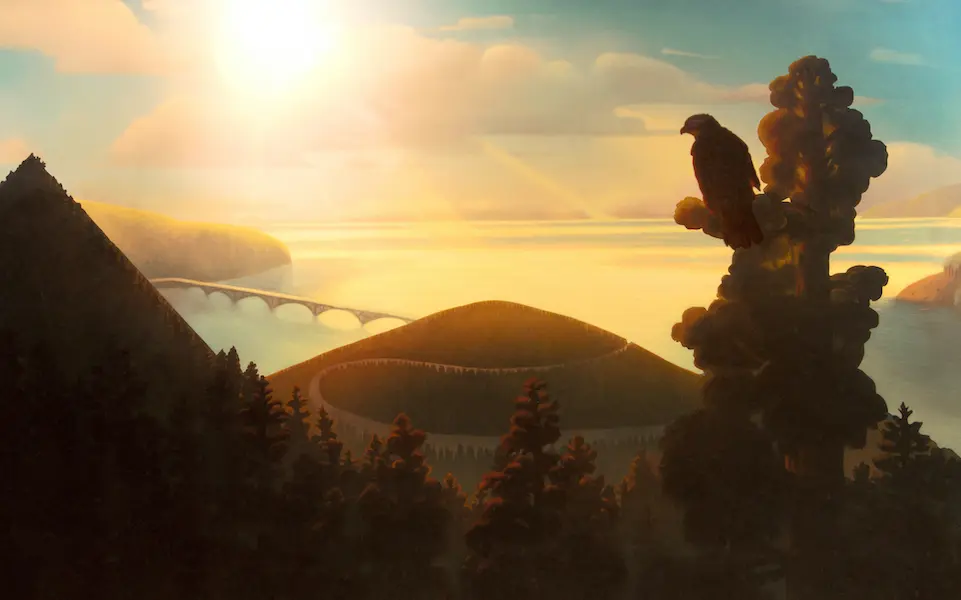
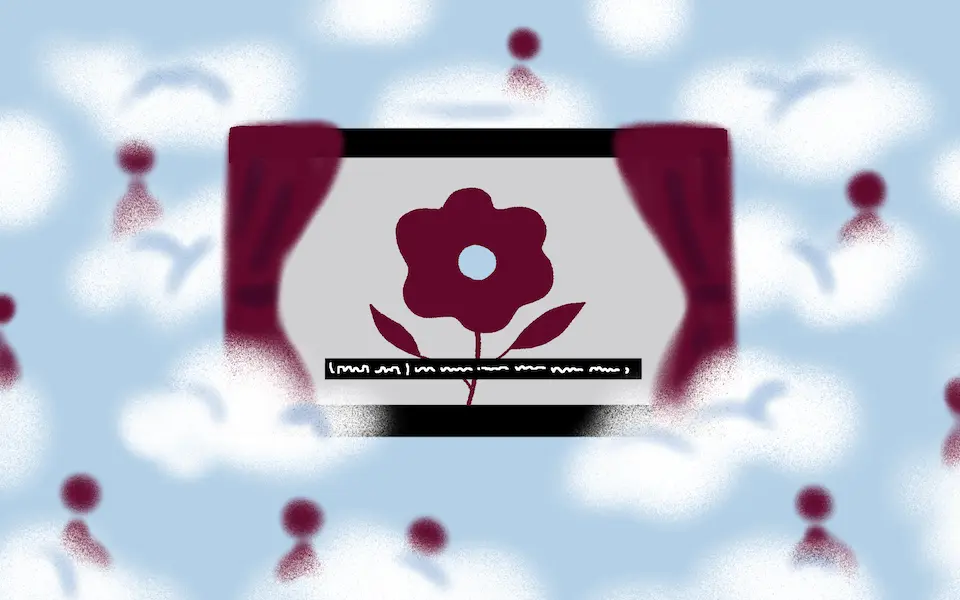
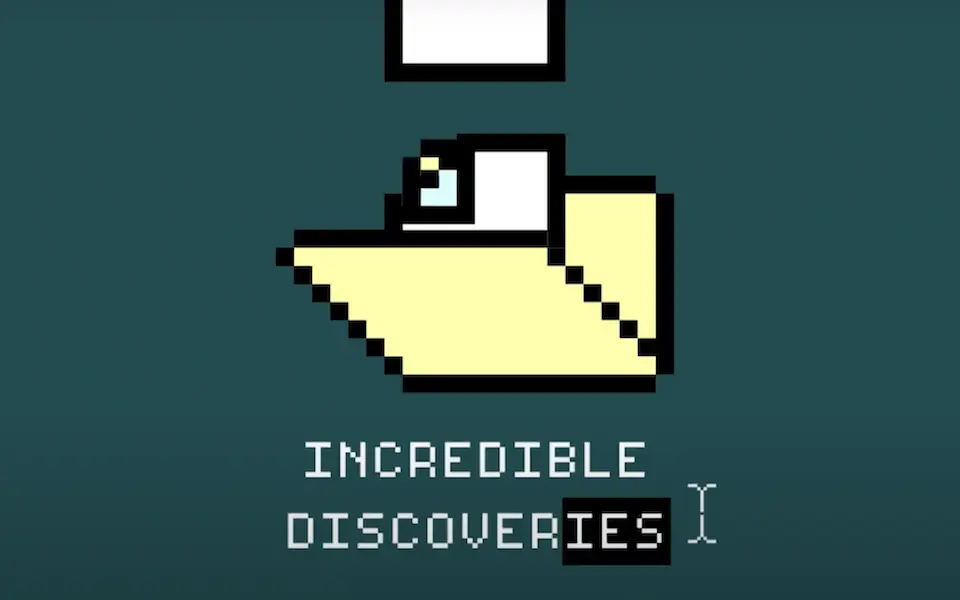
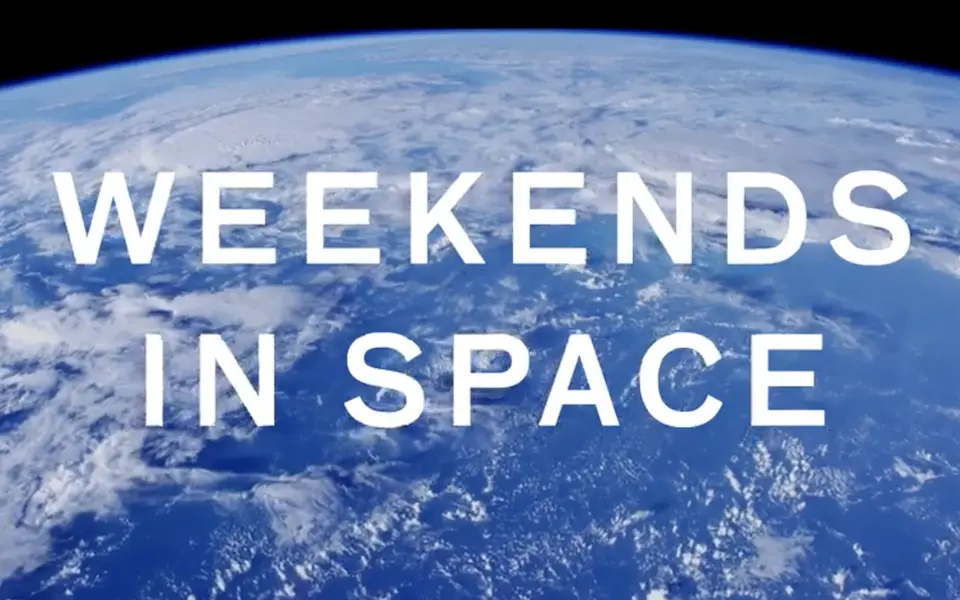
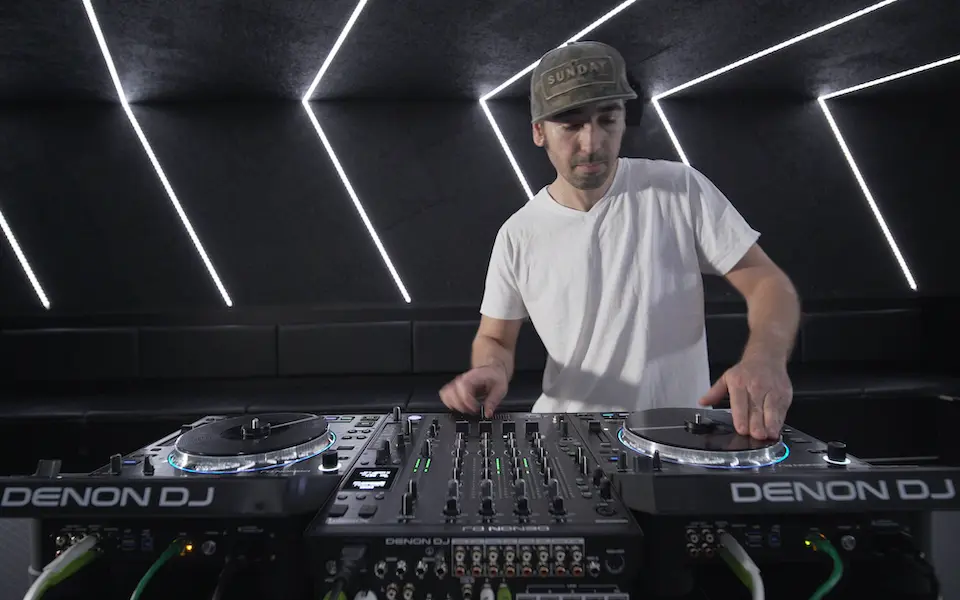
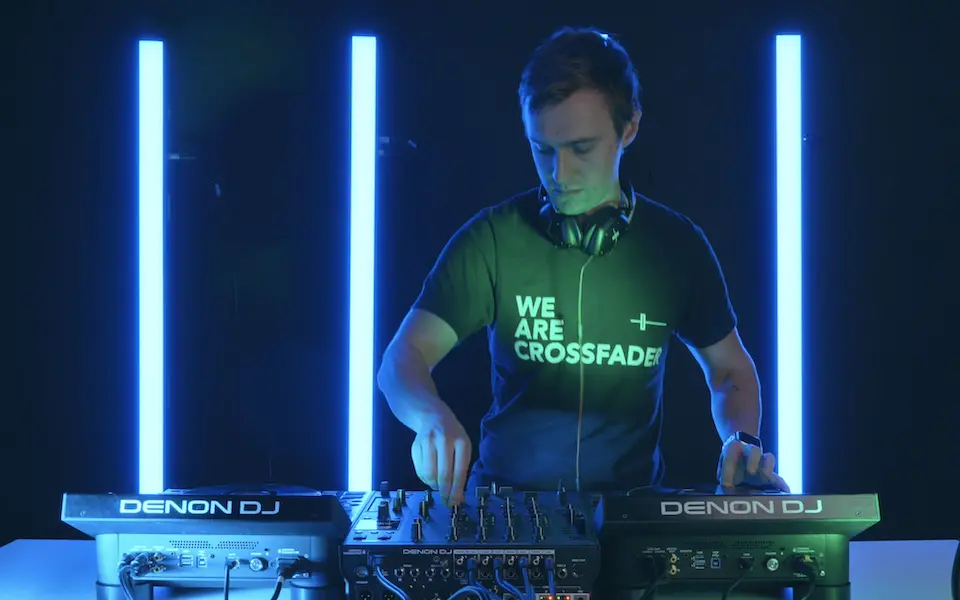




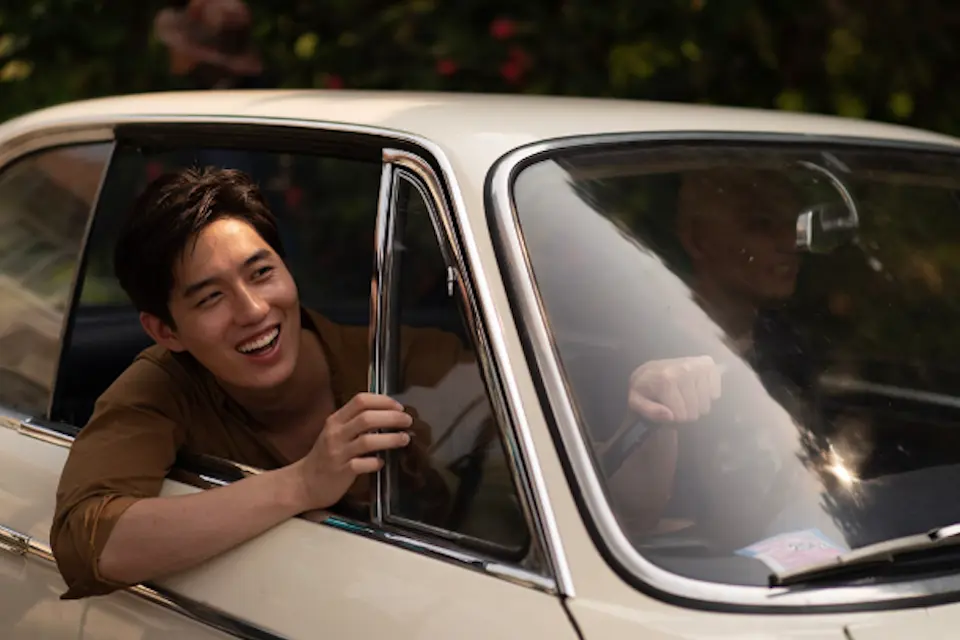


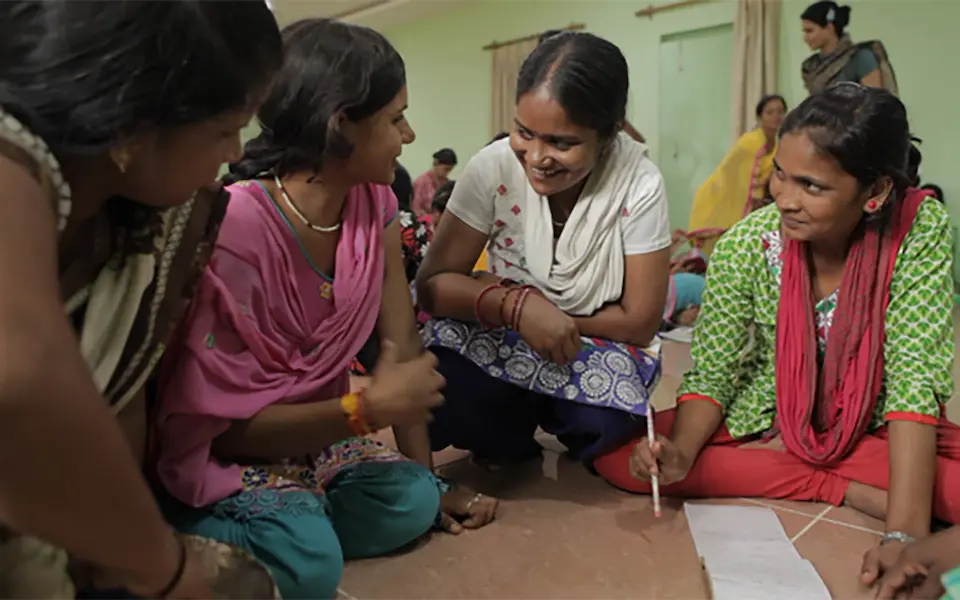
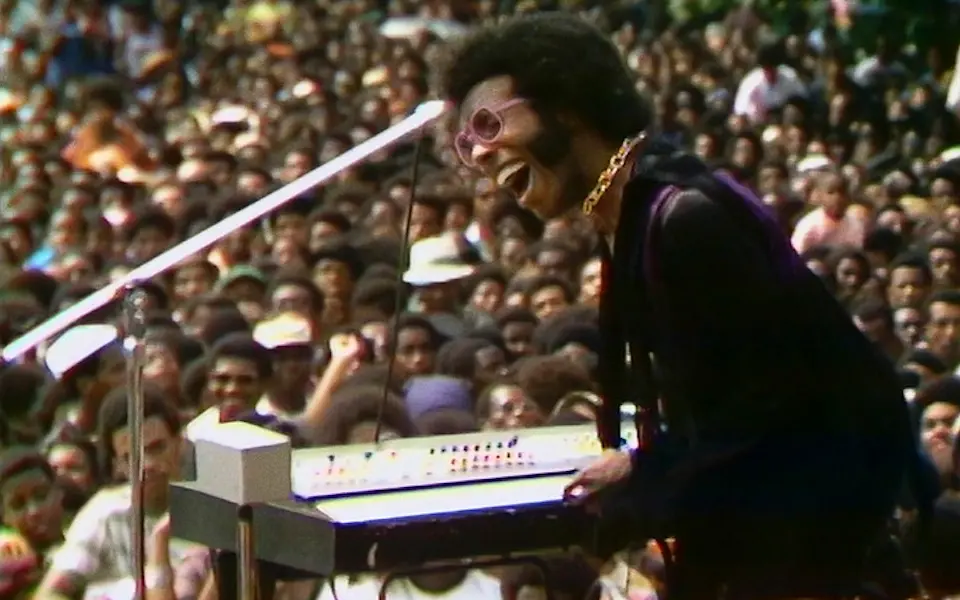
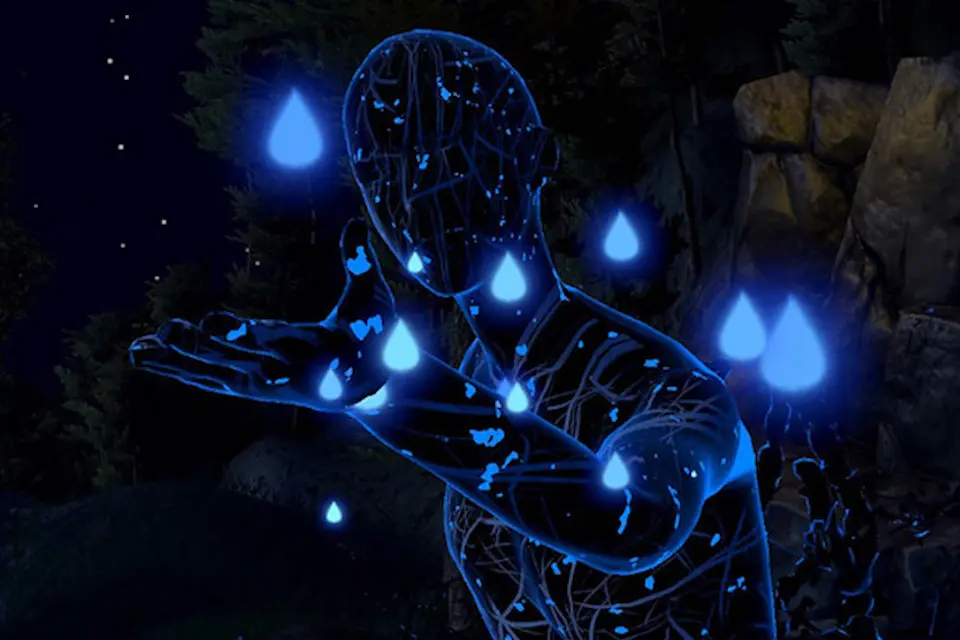
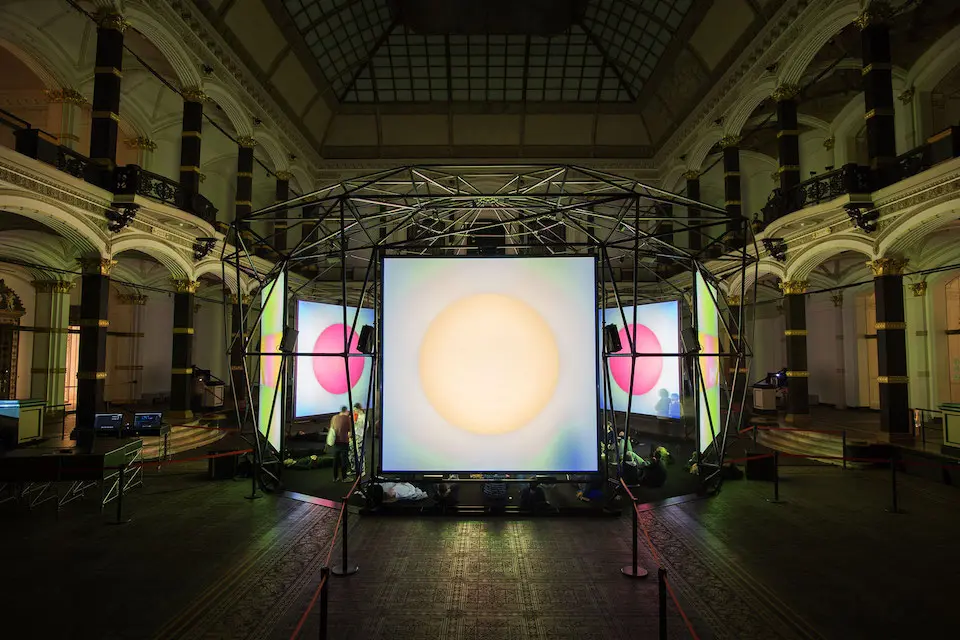


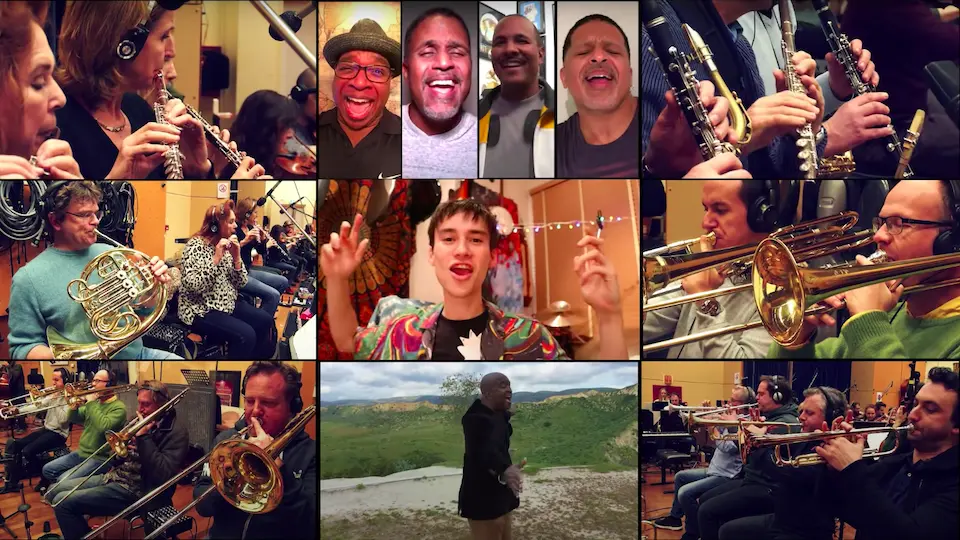

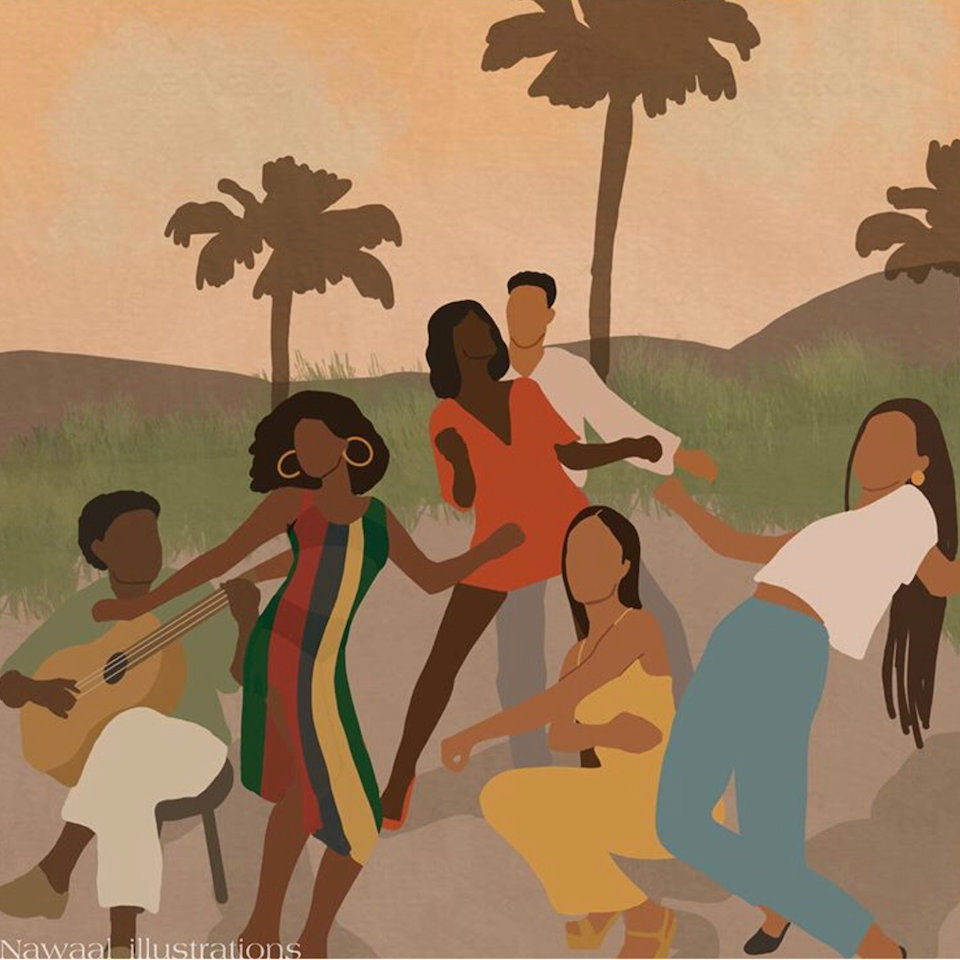


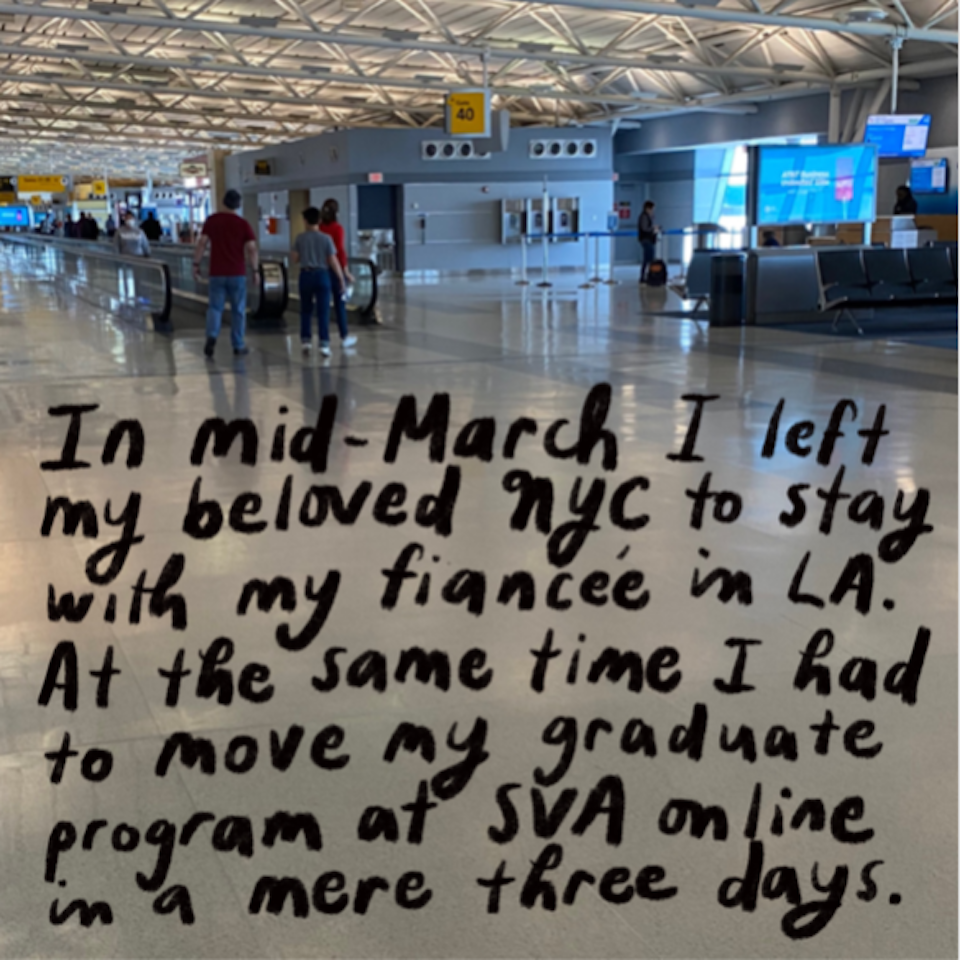
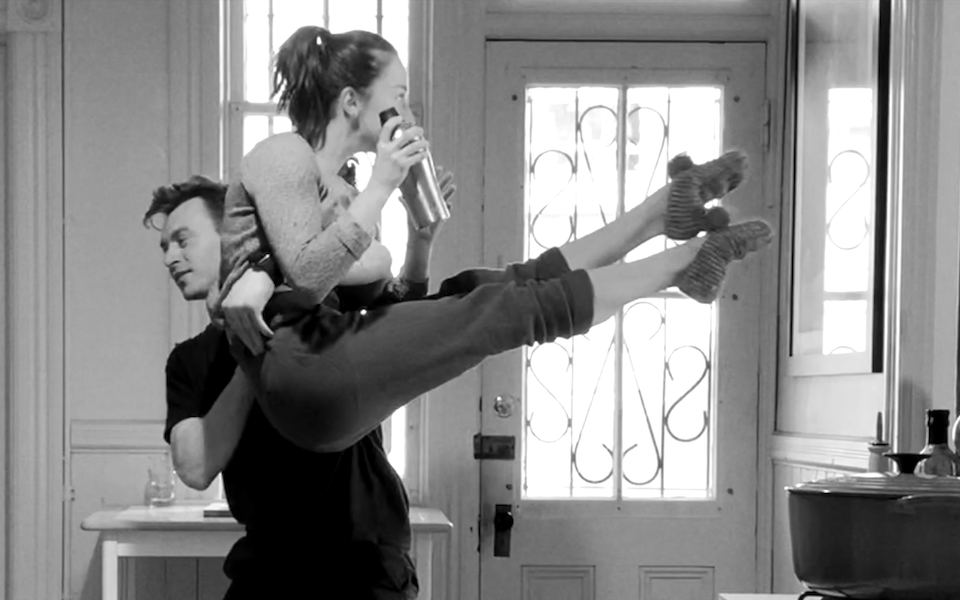
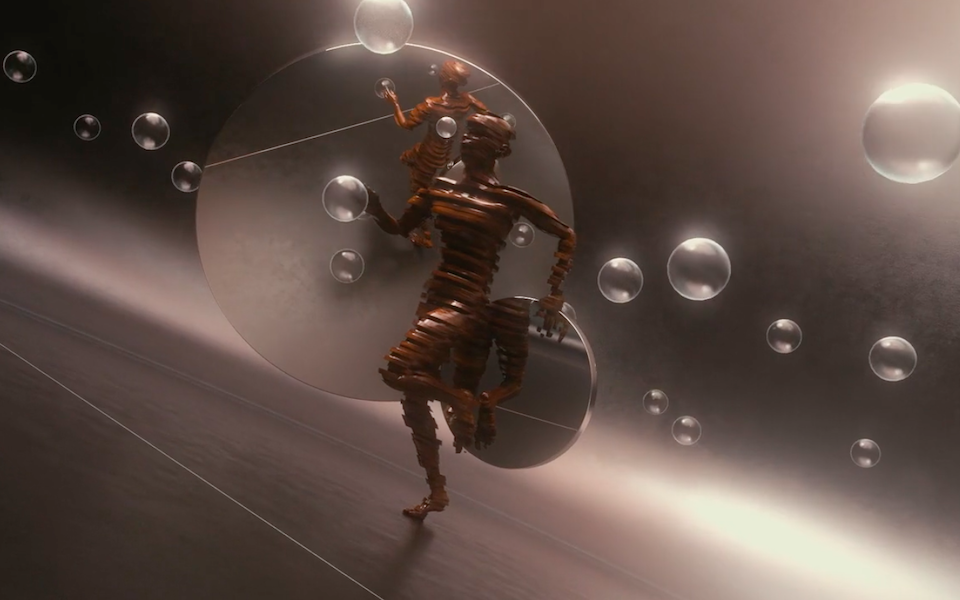
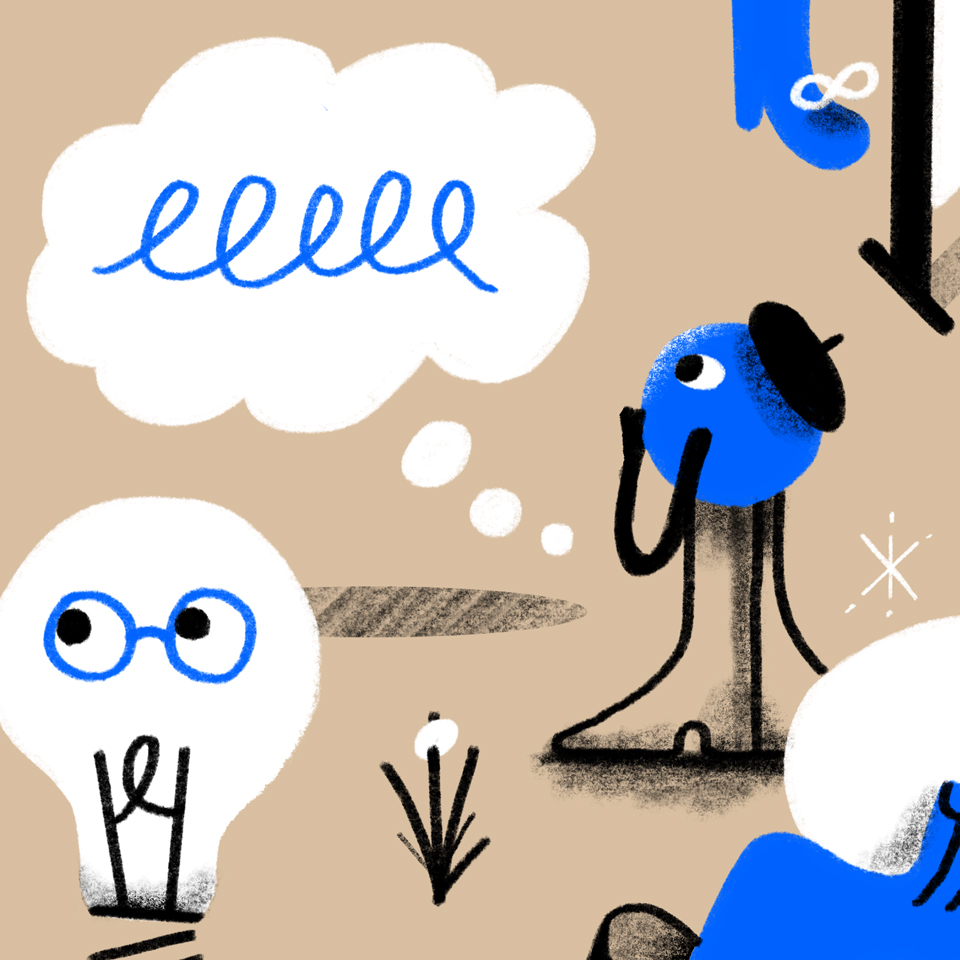
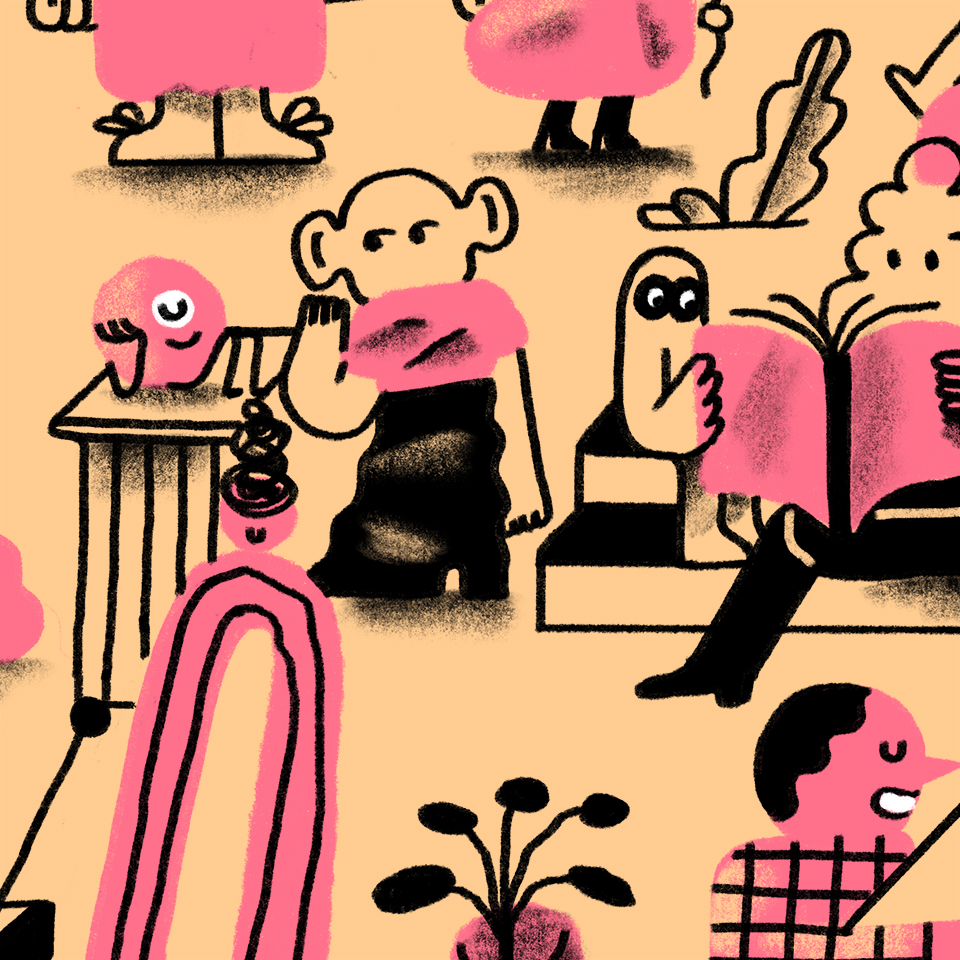


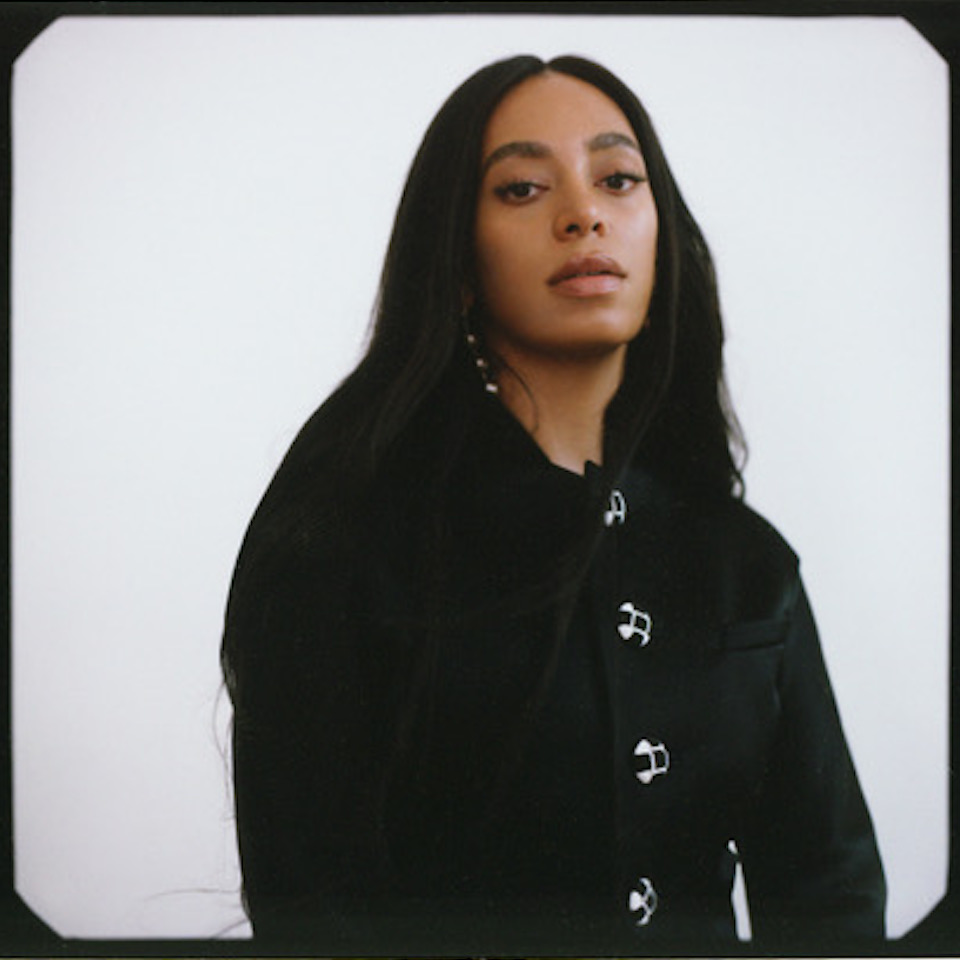

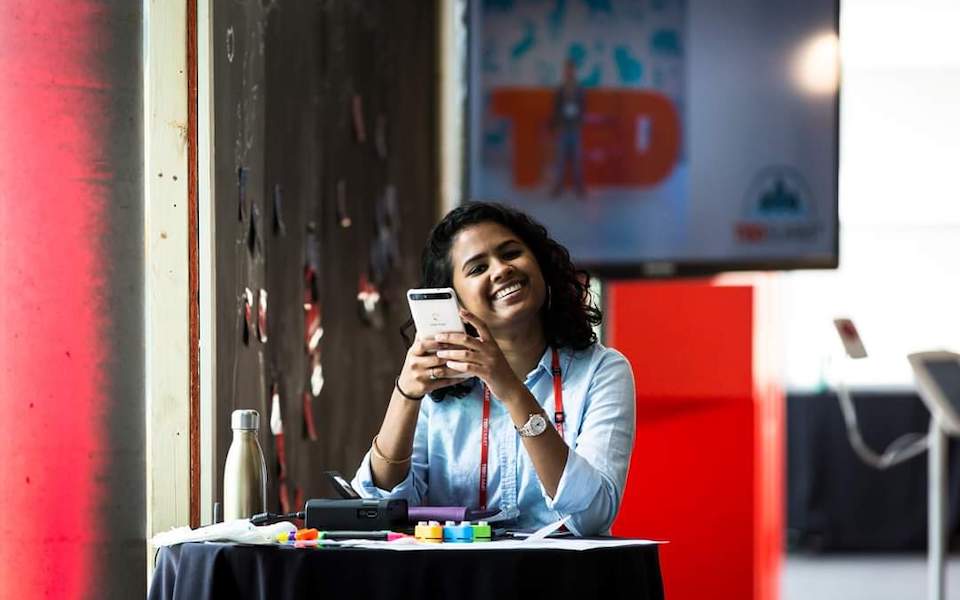


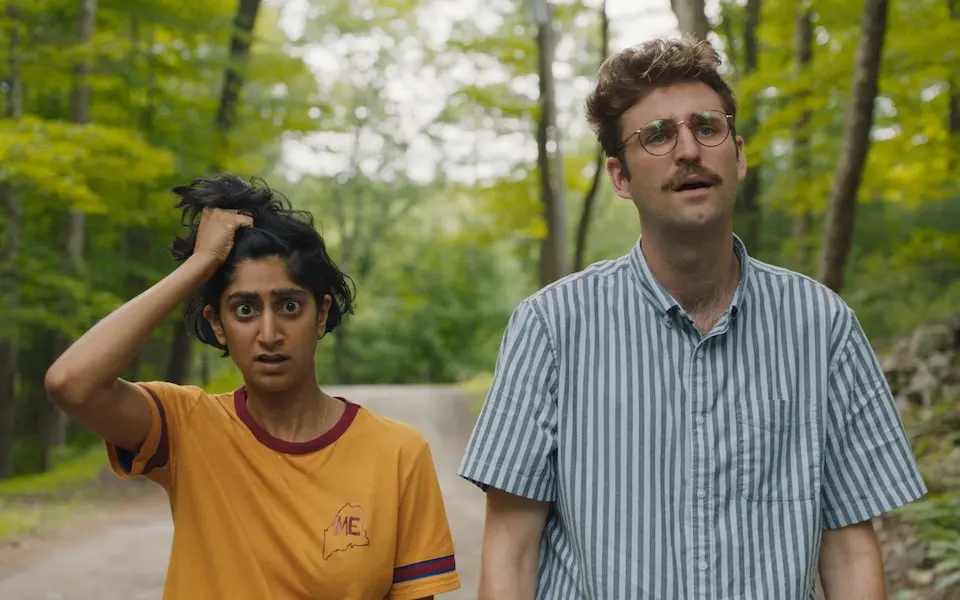
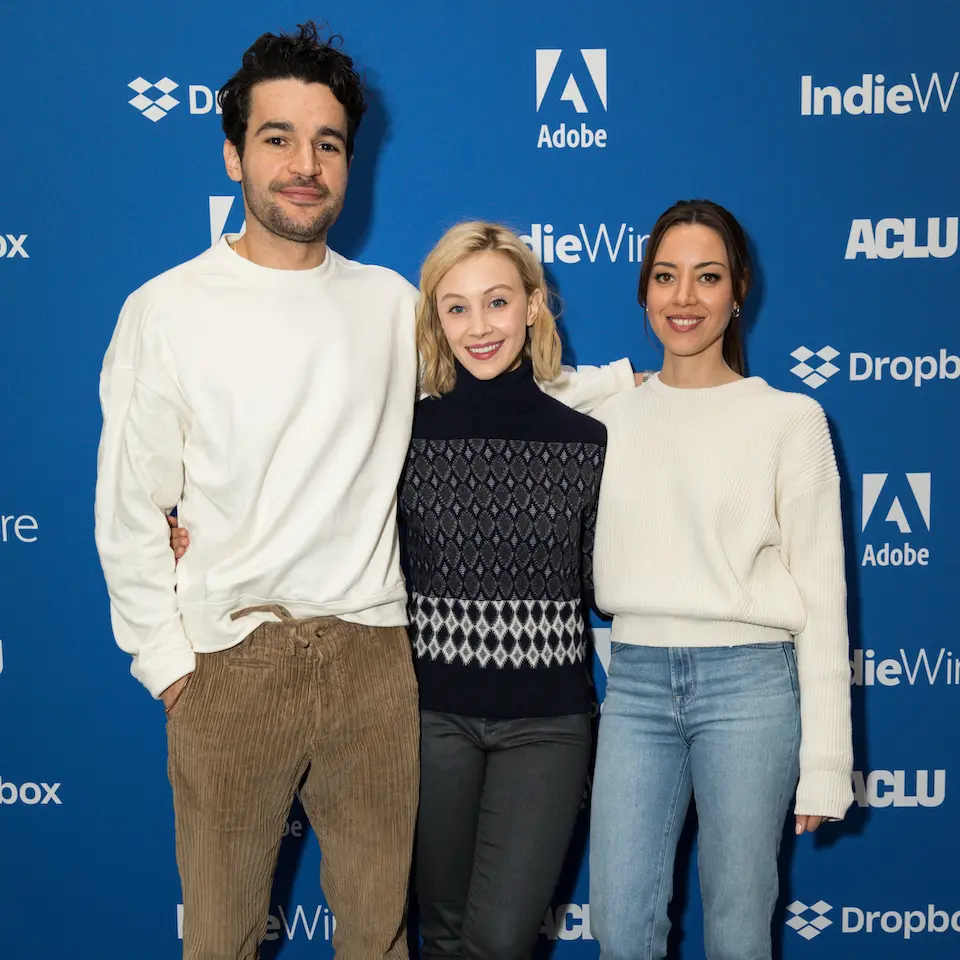
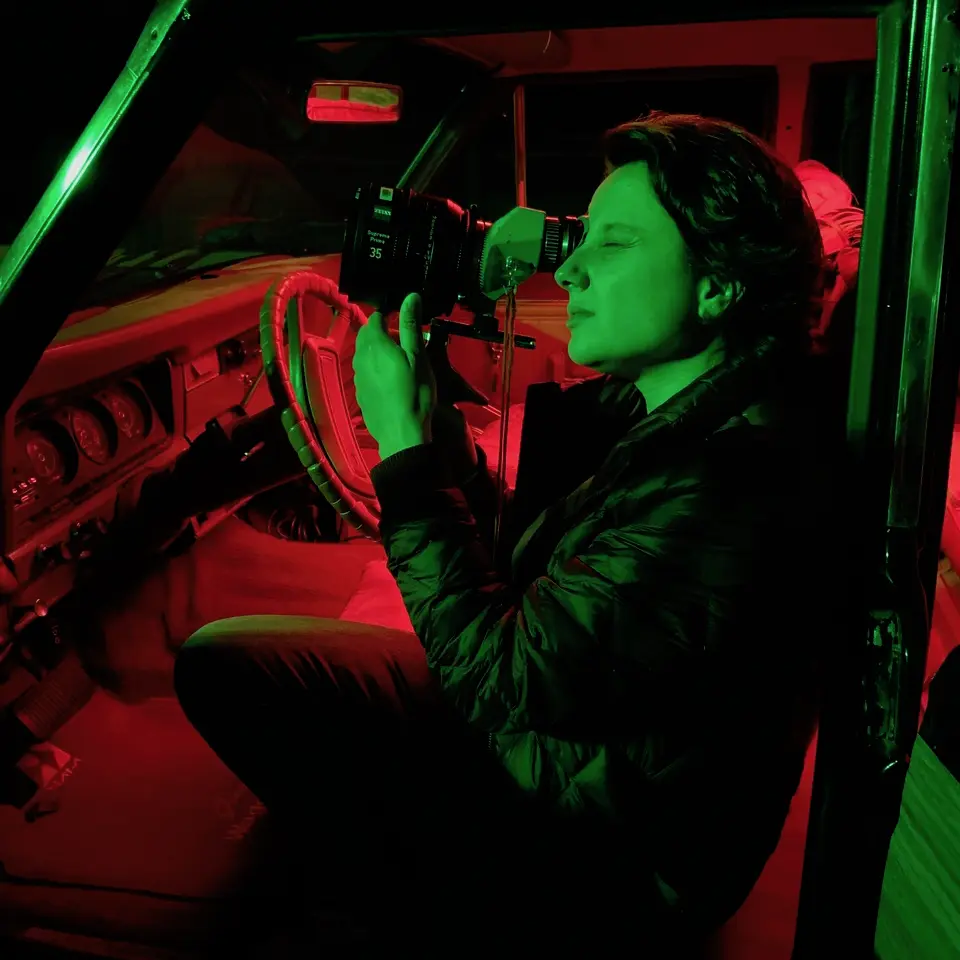
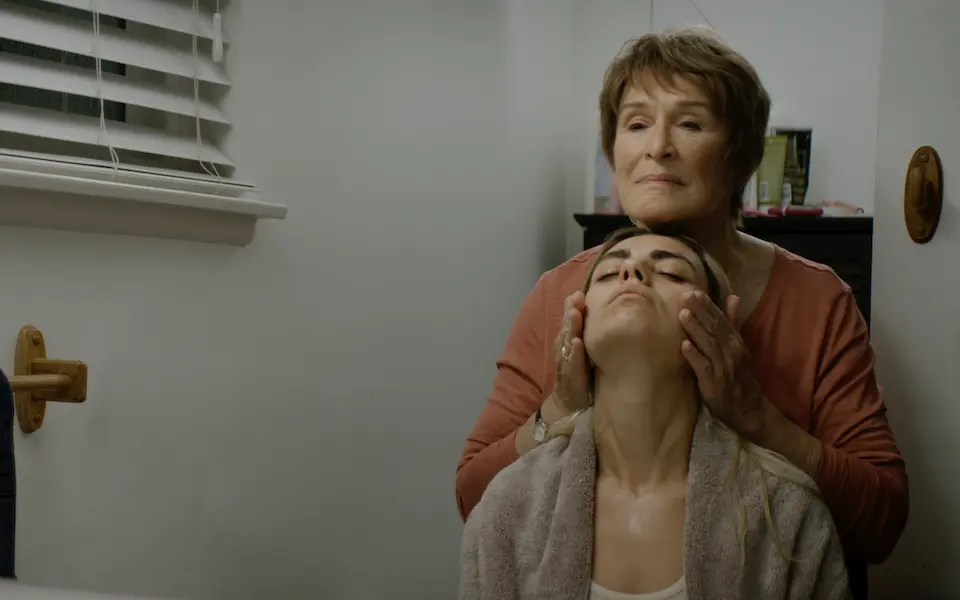

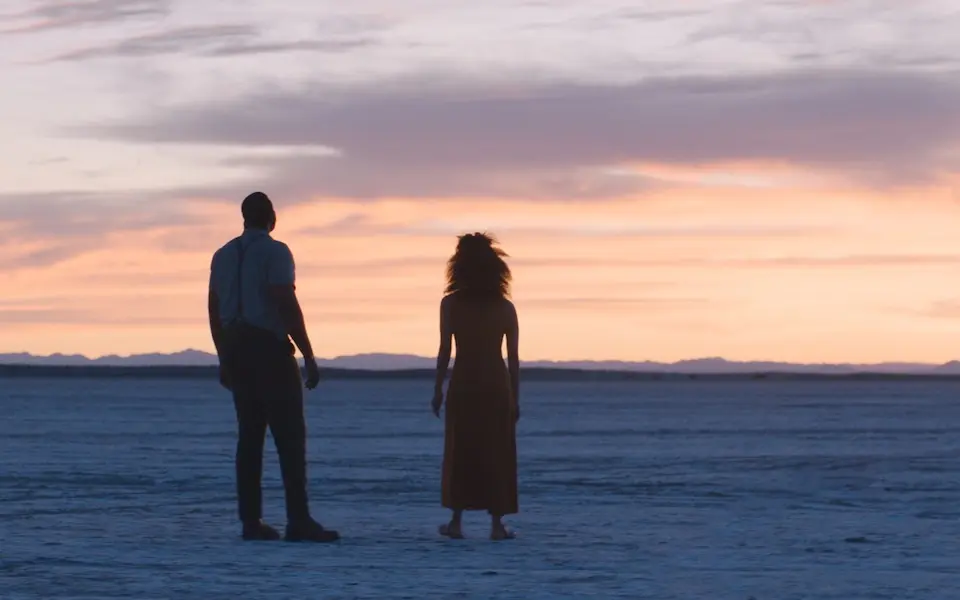
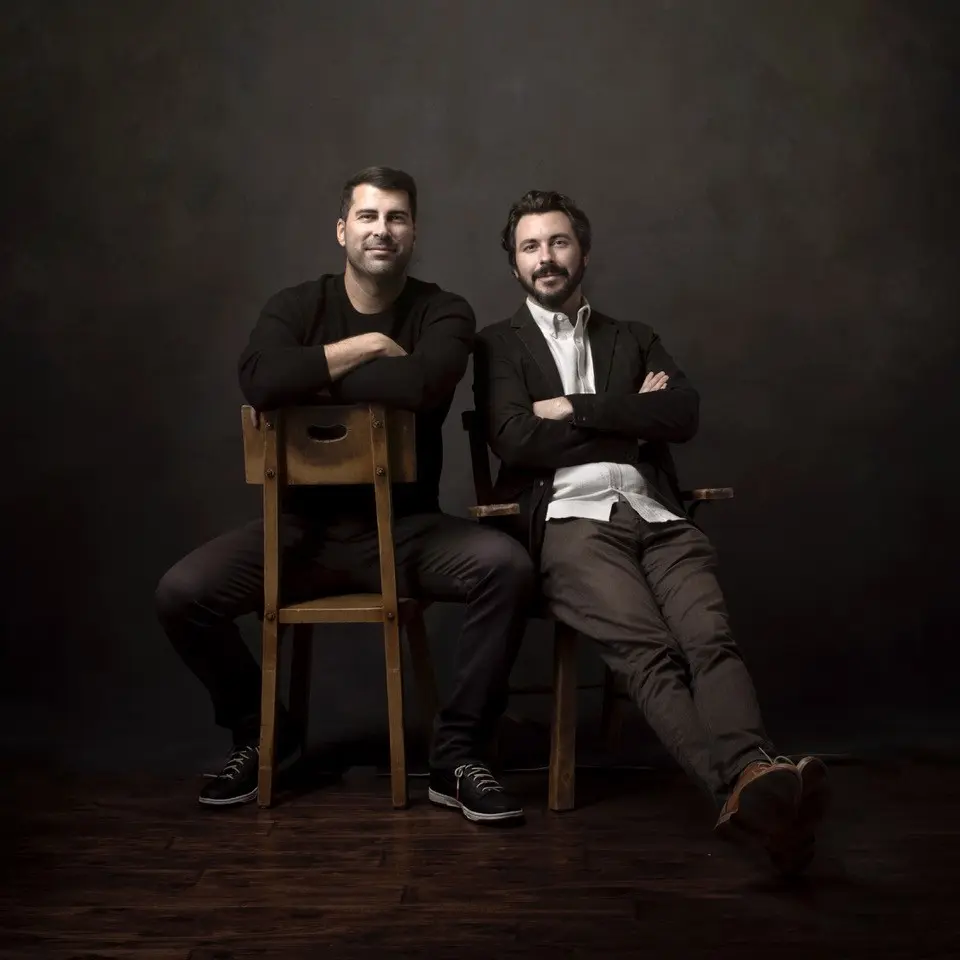



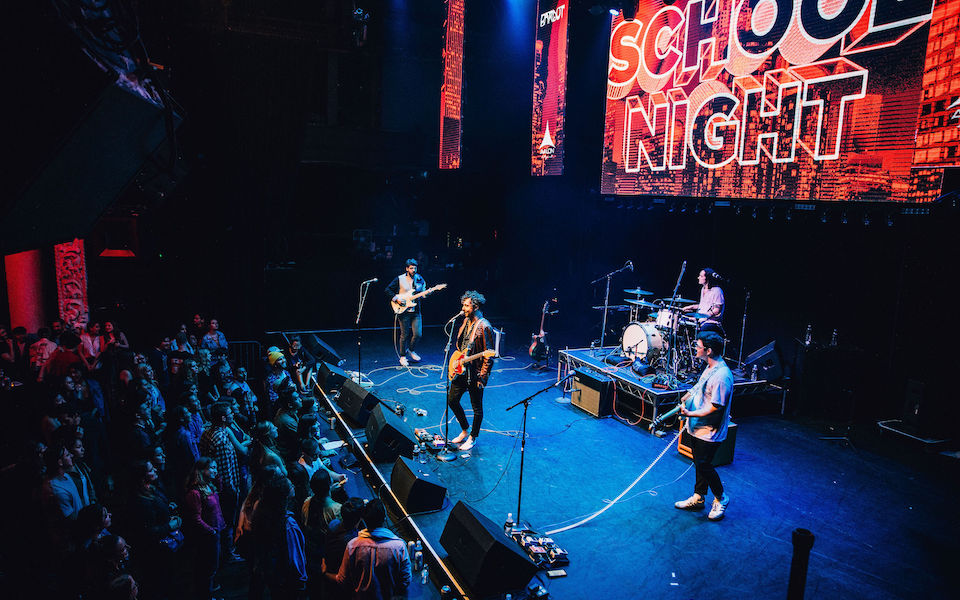






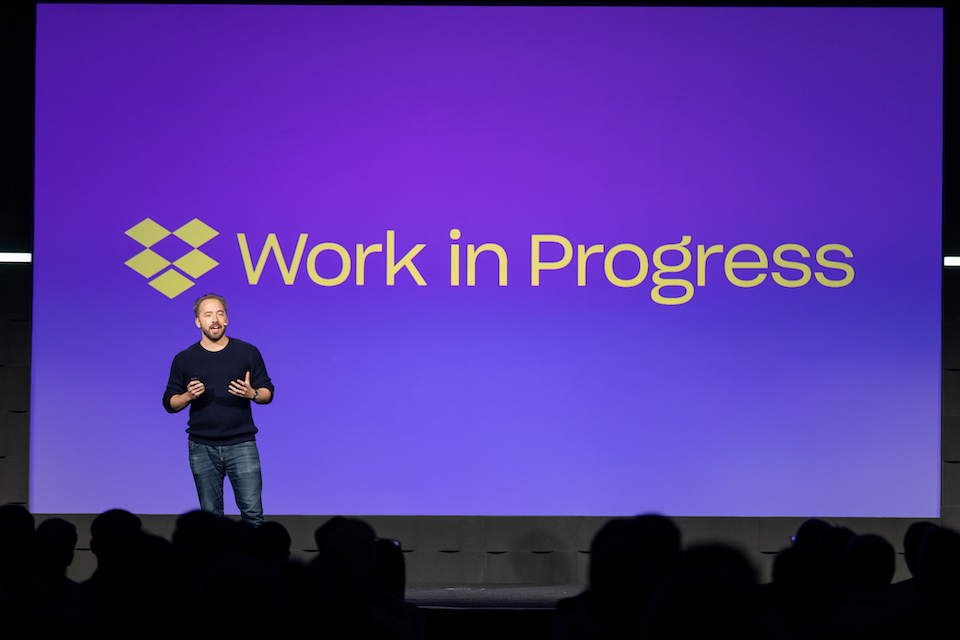



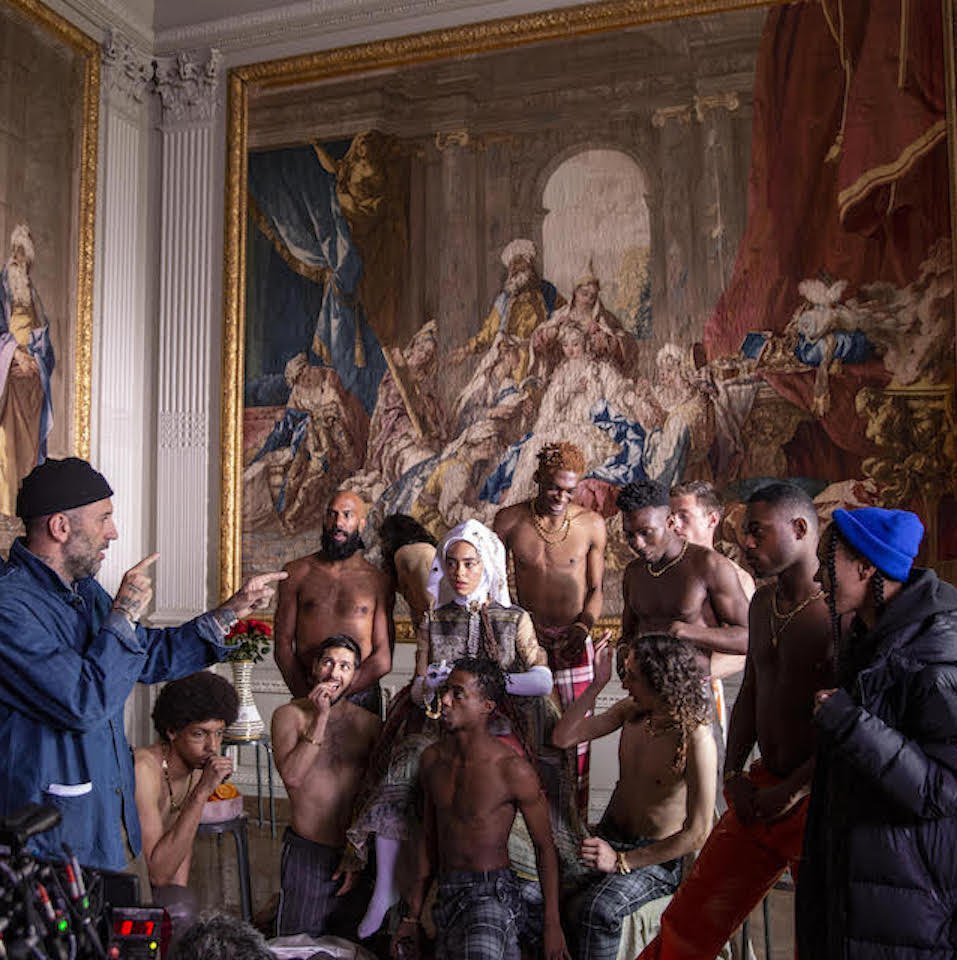

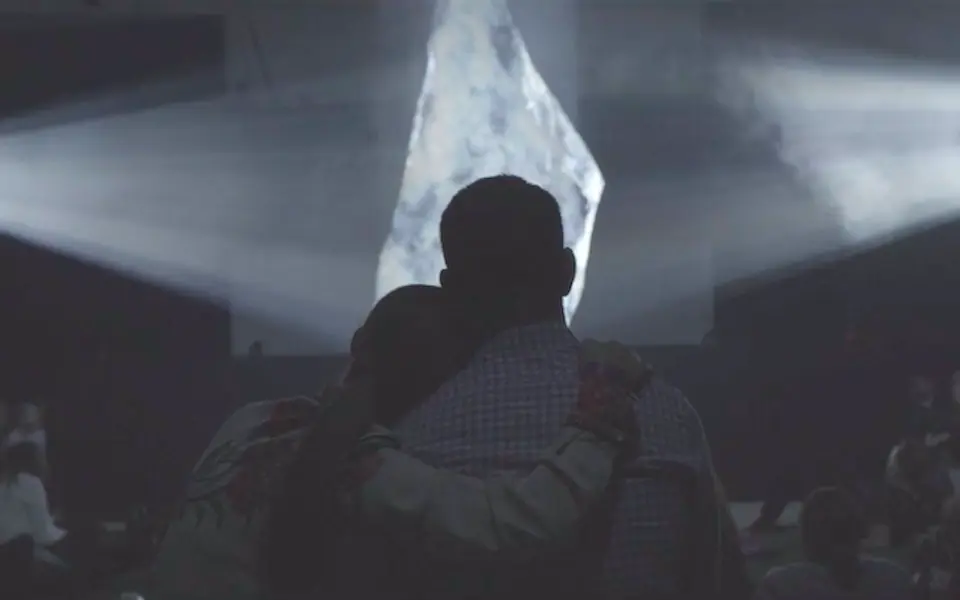
.png/_jcr_content/renditions/Karen%20O%20%2B%20Danger%20Mouse%20(photo%20by%20Eliot%20Lee%20Hazel).webp)


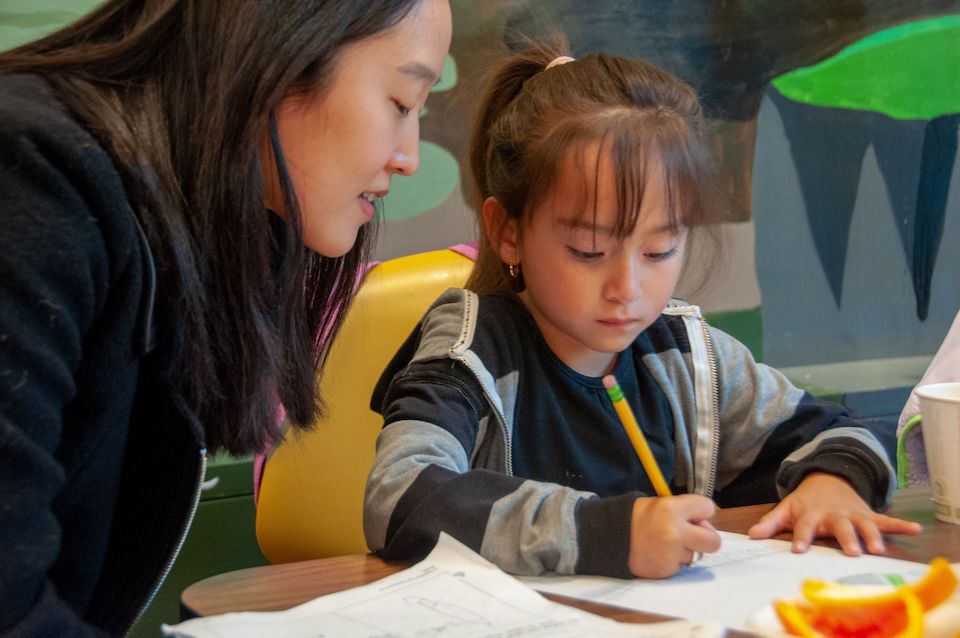


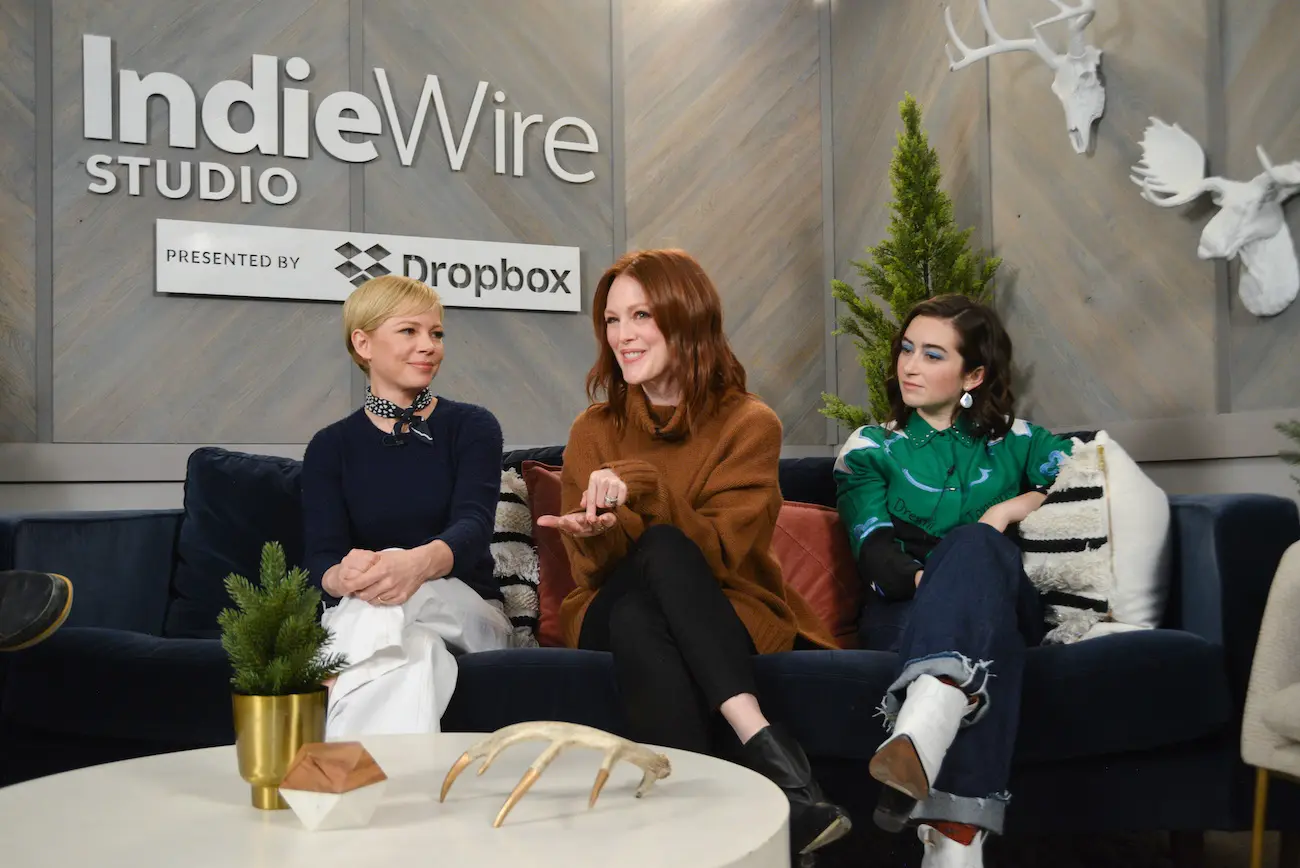


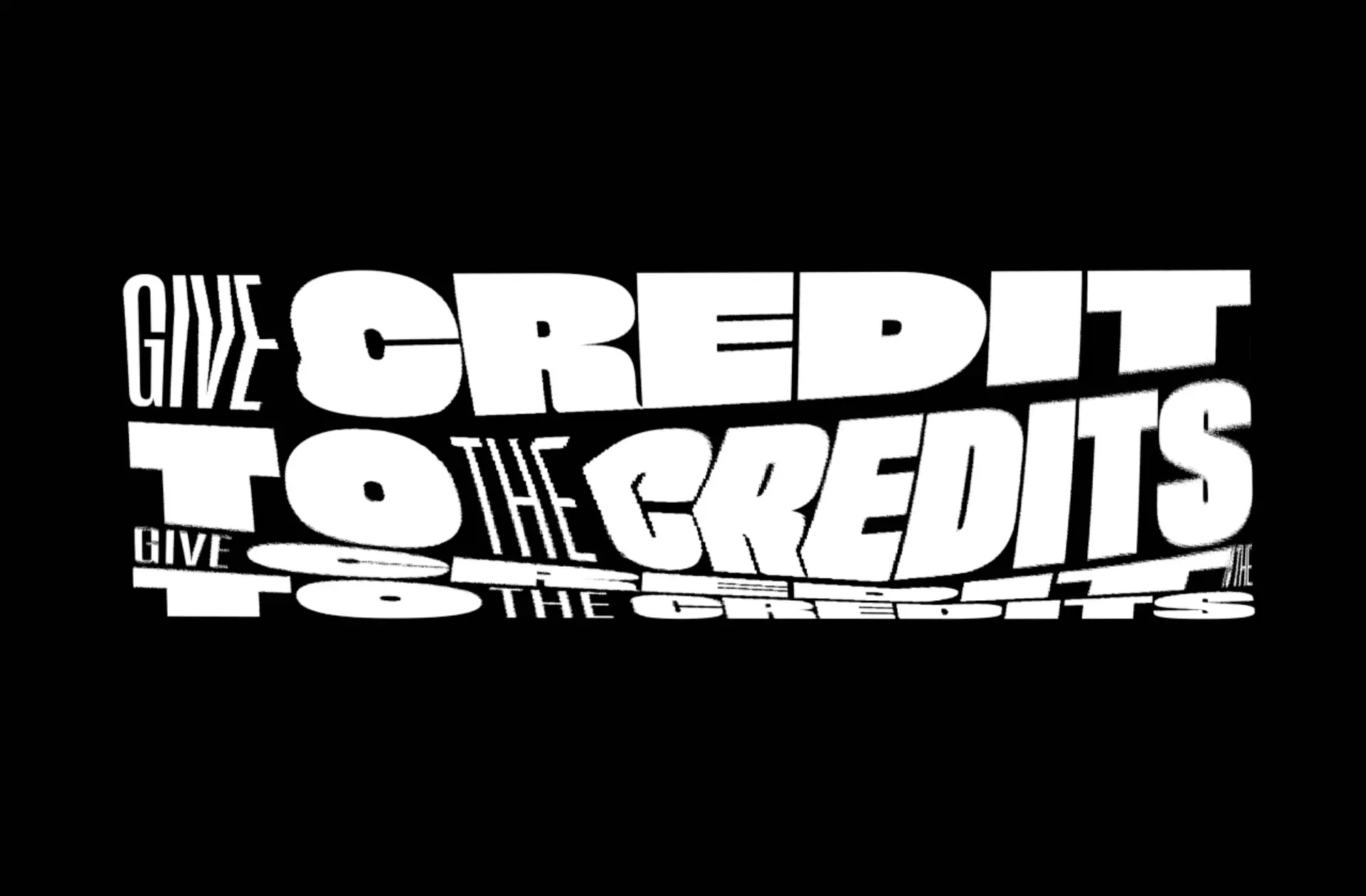
.jpg/_jcr_content/renditions/Extremely%20Wicked%20Shockingly%20Evil%20and%20Vile_Sundance19_Director%20Joe%20Berlinger%20(3).webp)

.jpg/_jcr_content/renditions/Bedlam%2014%20(1).webp)
